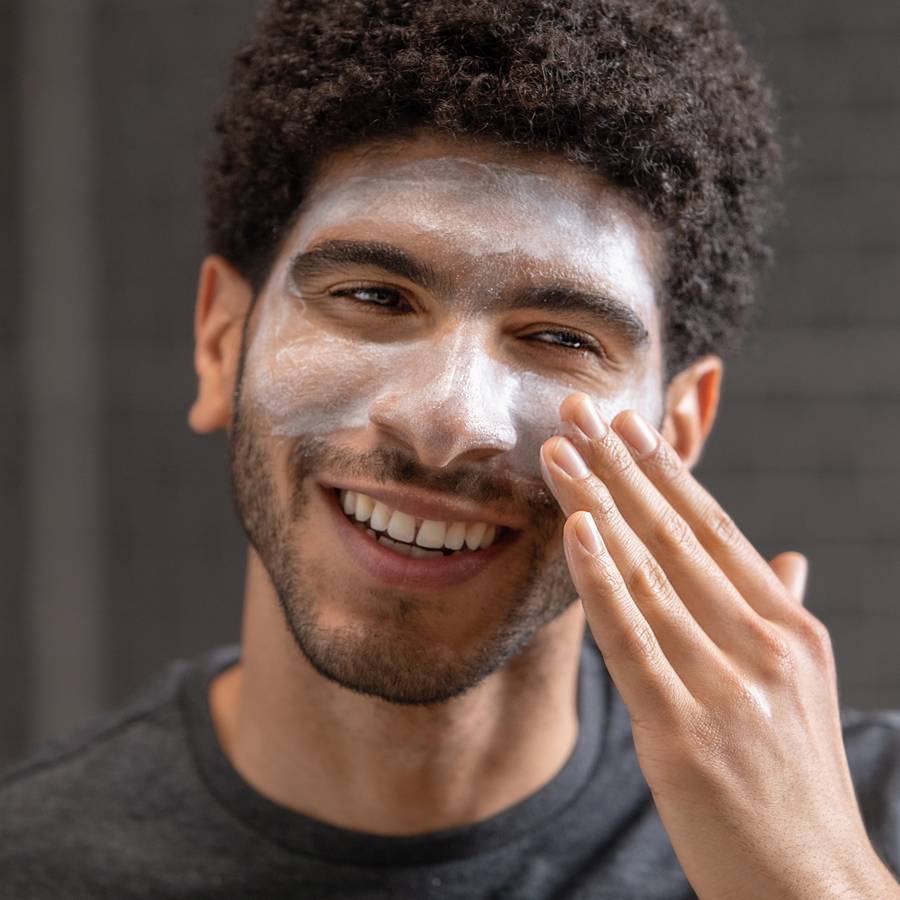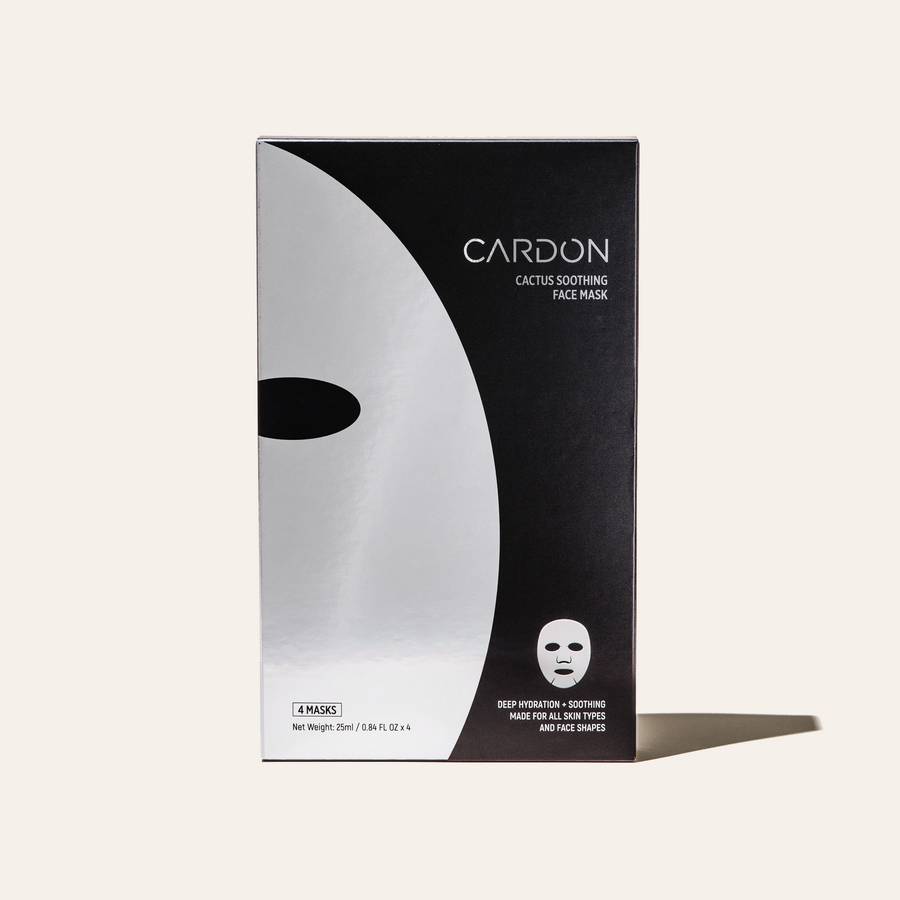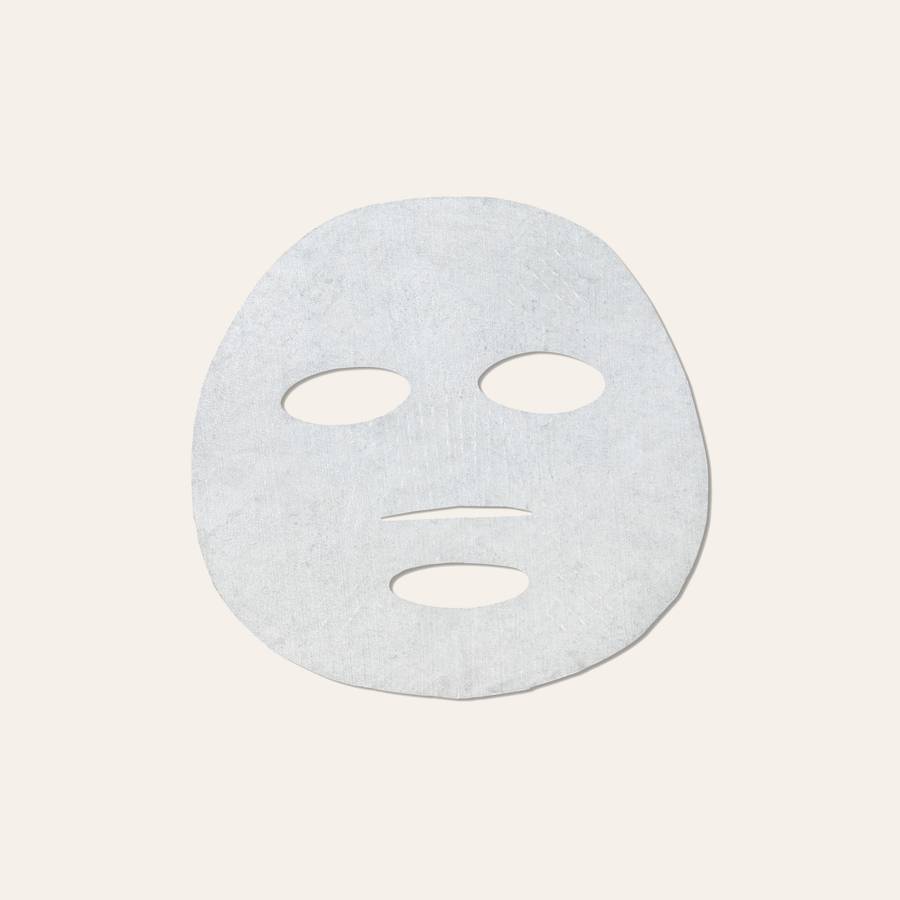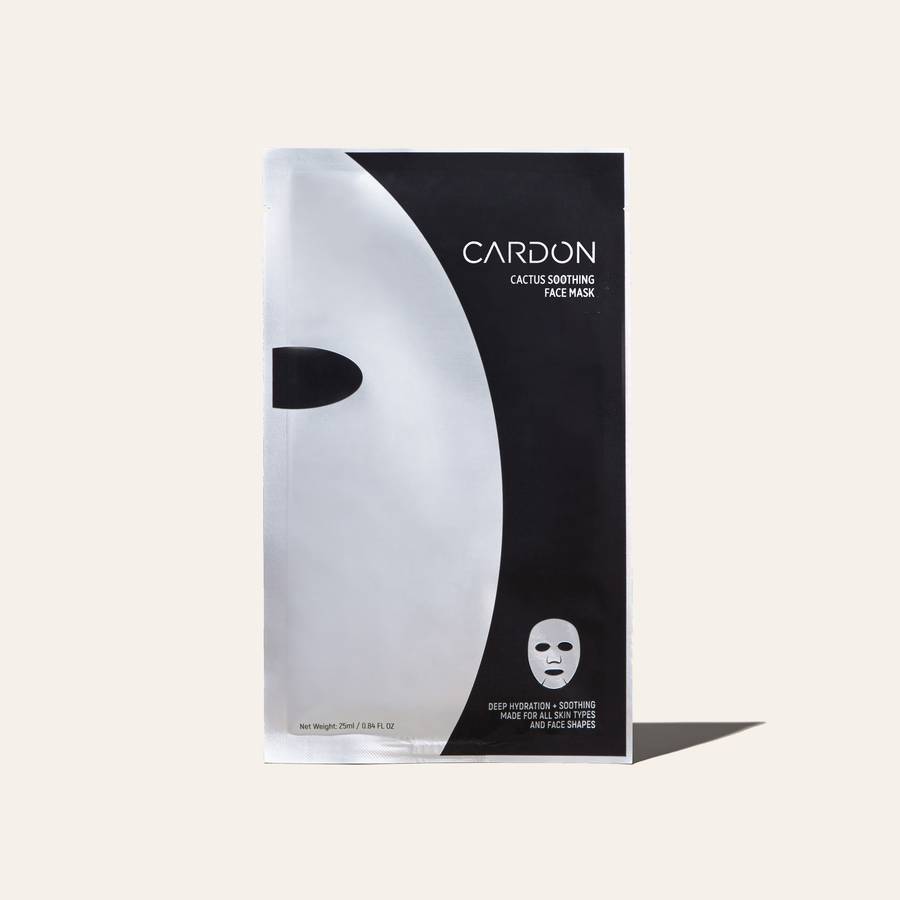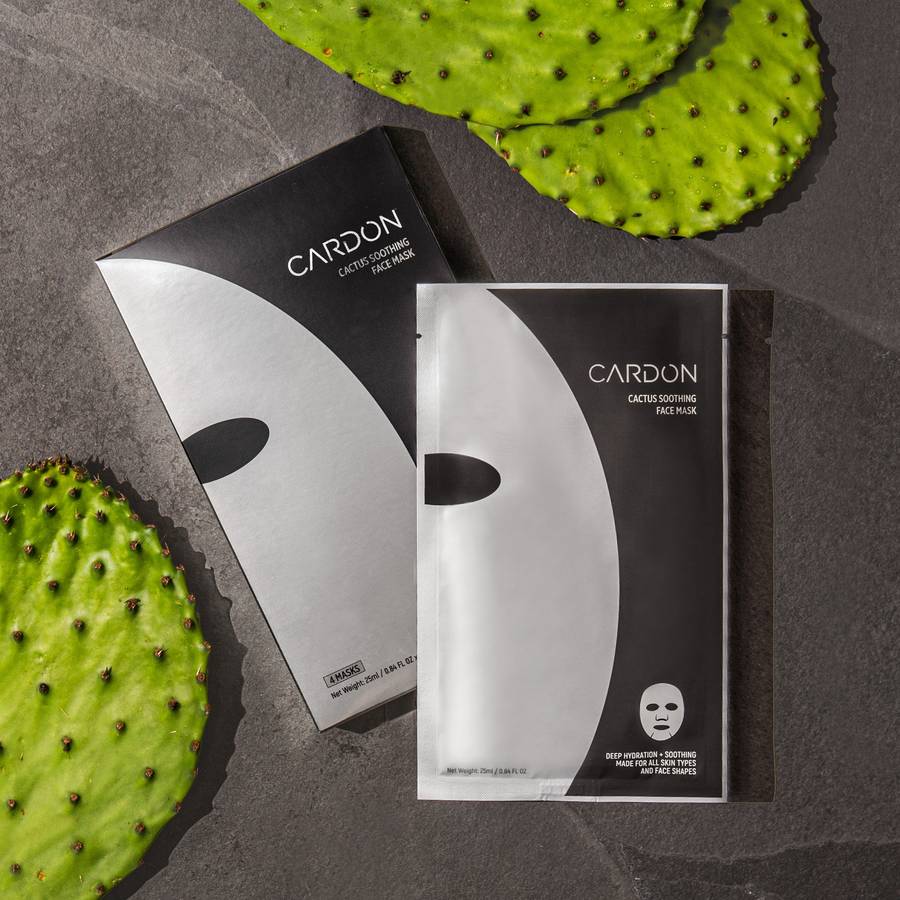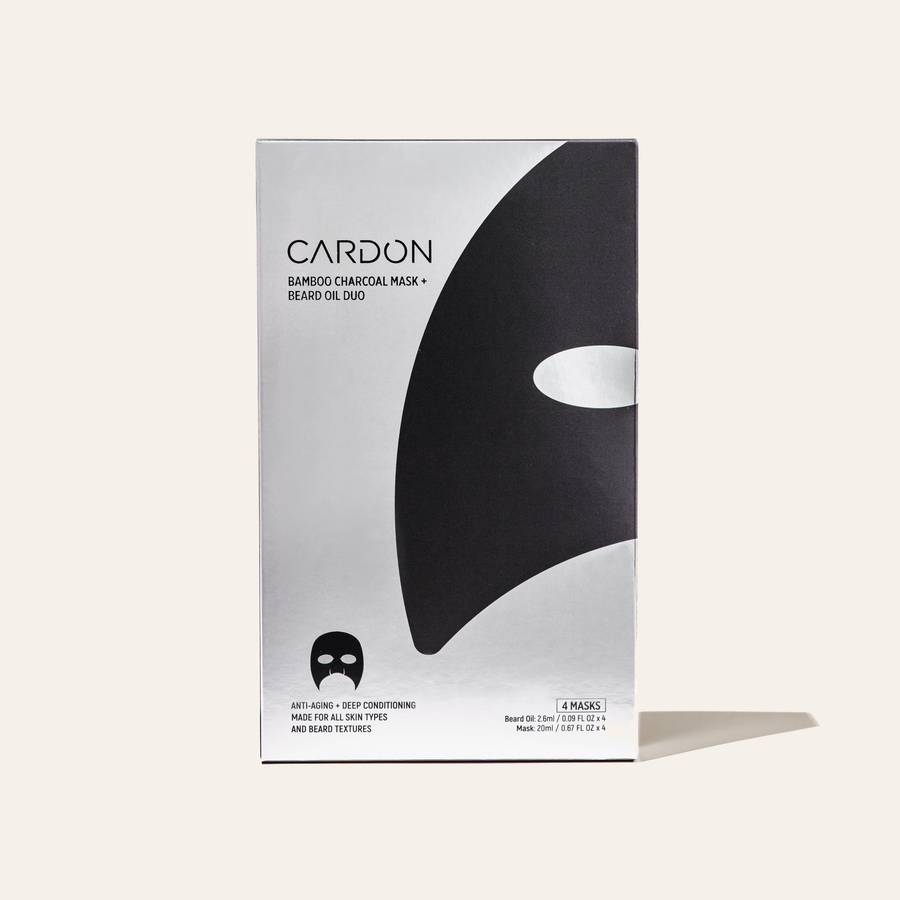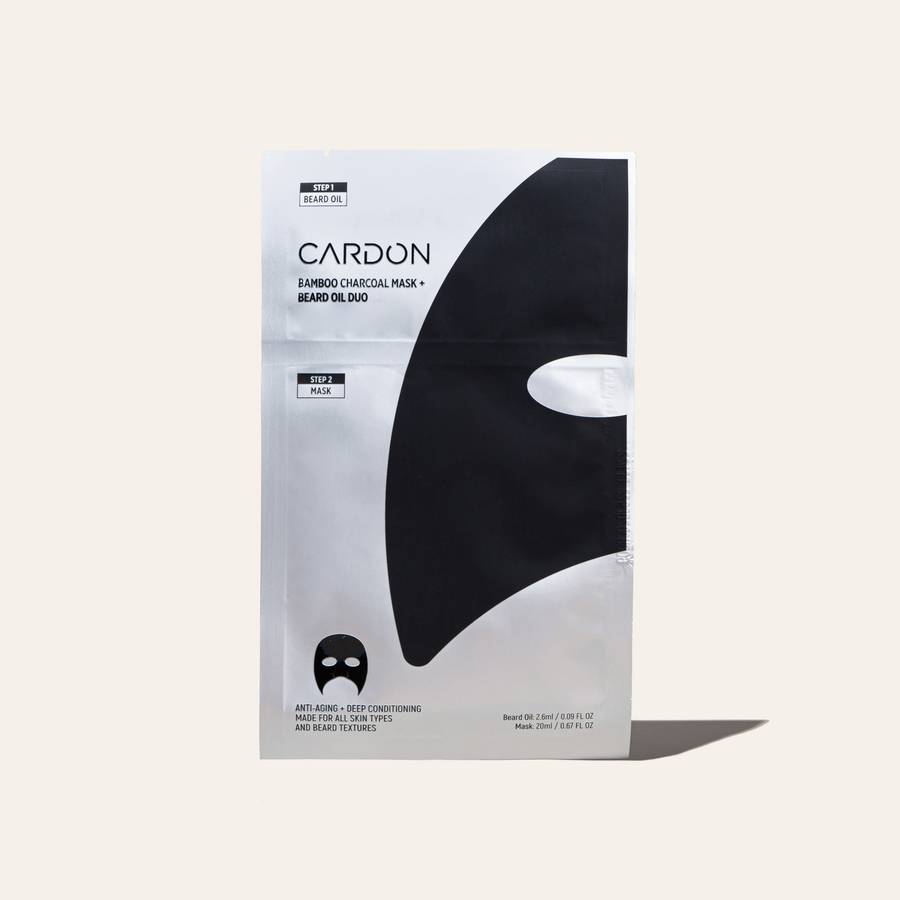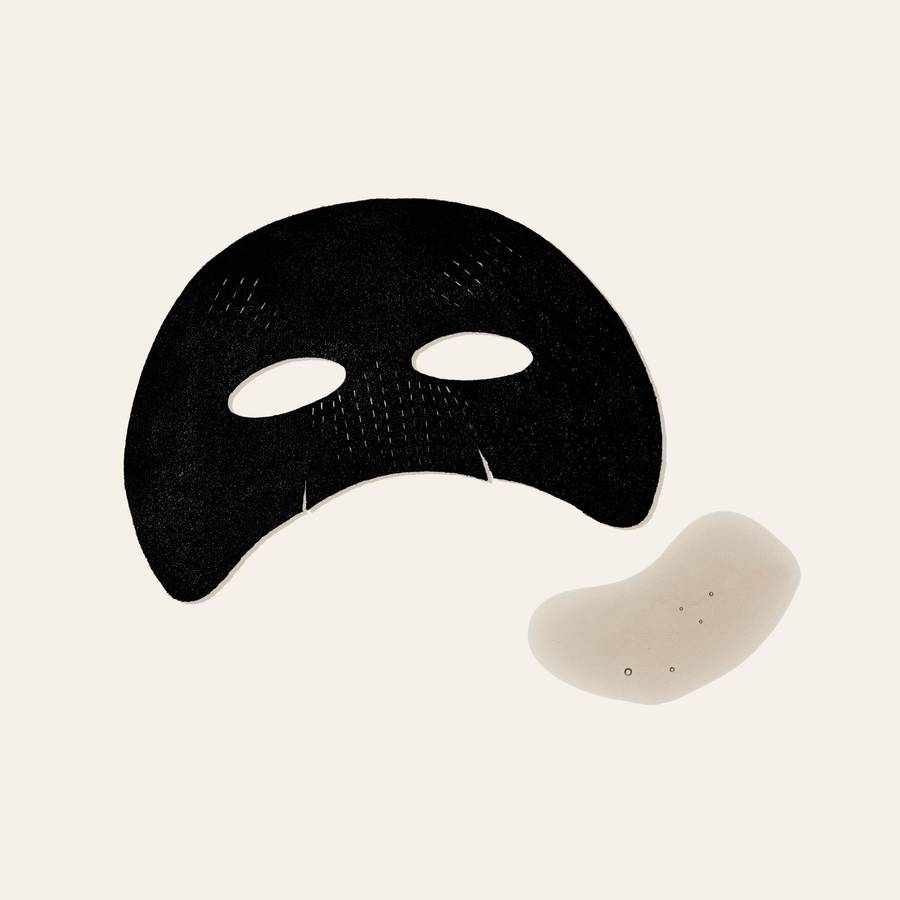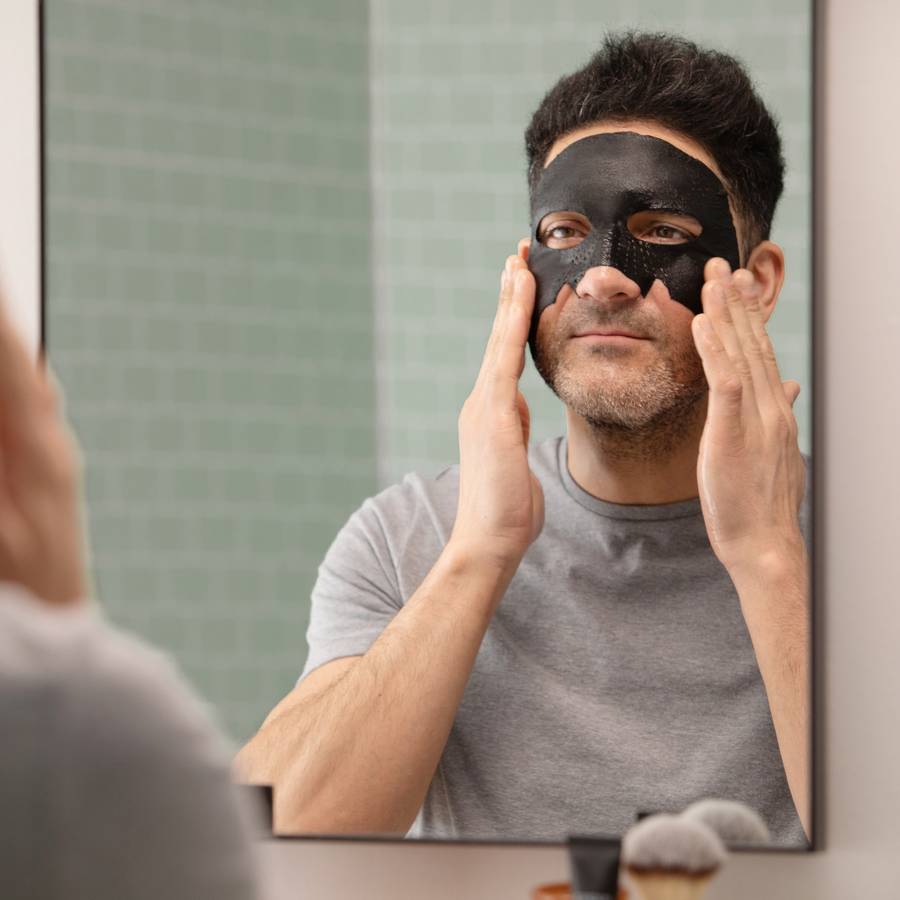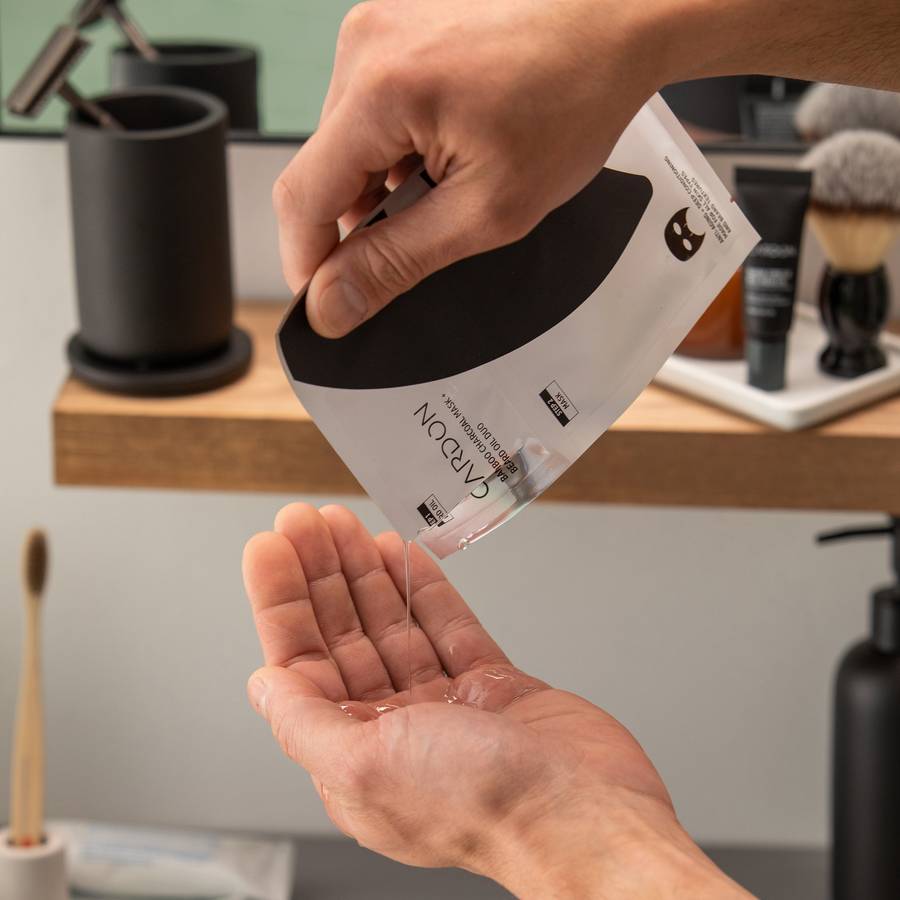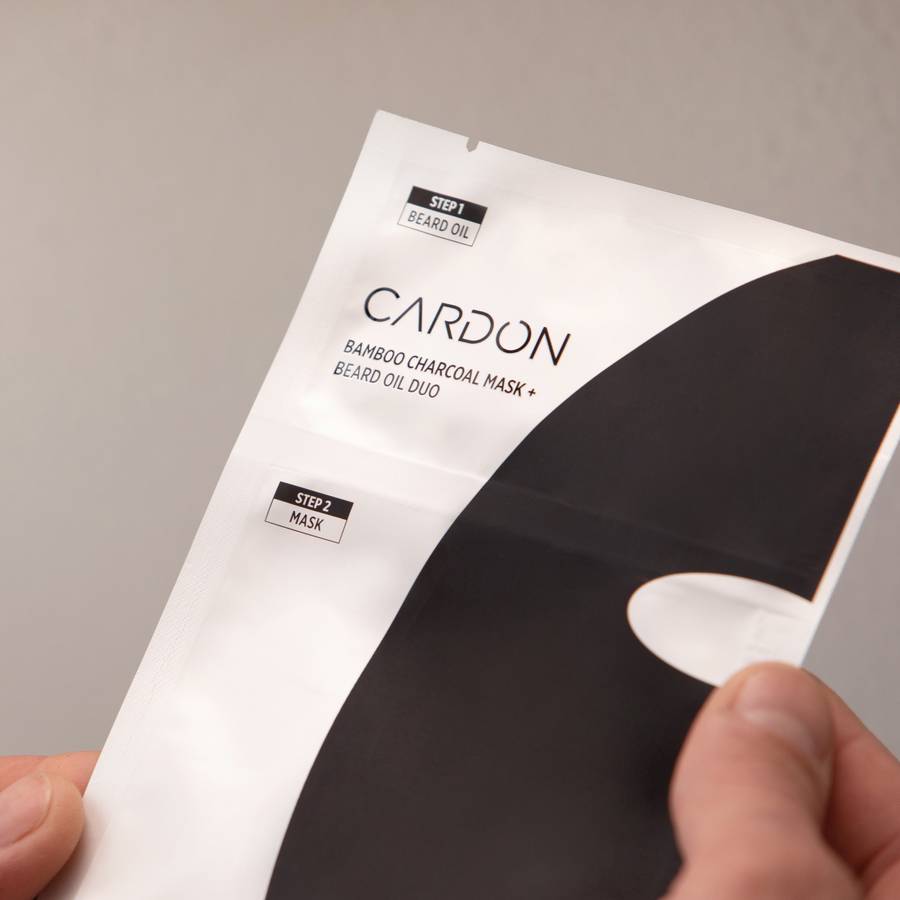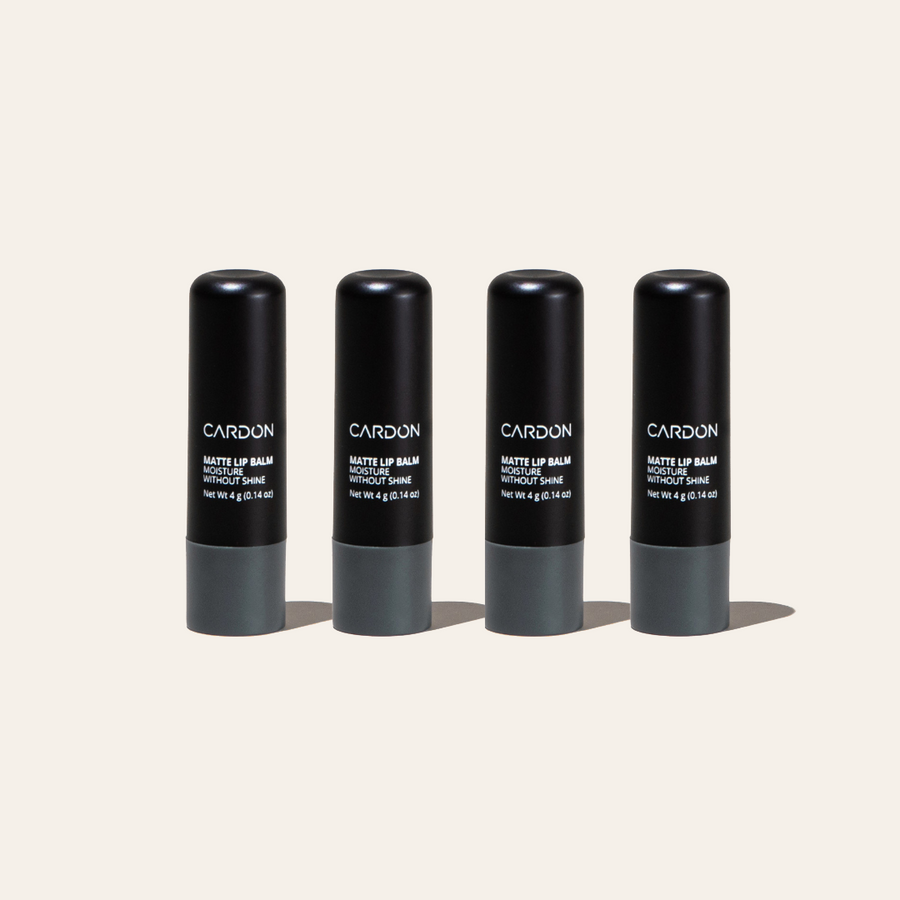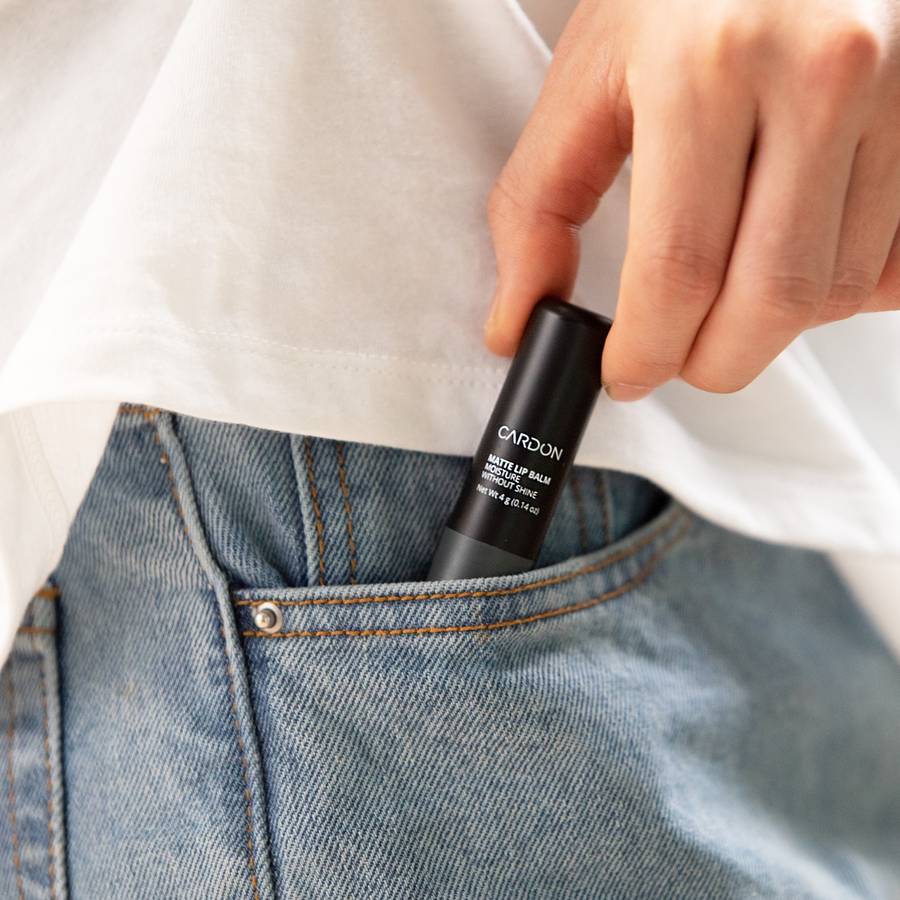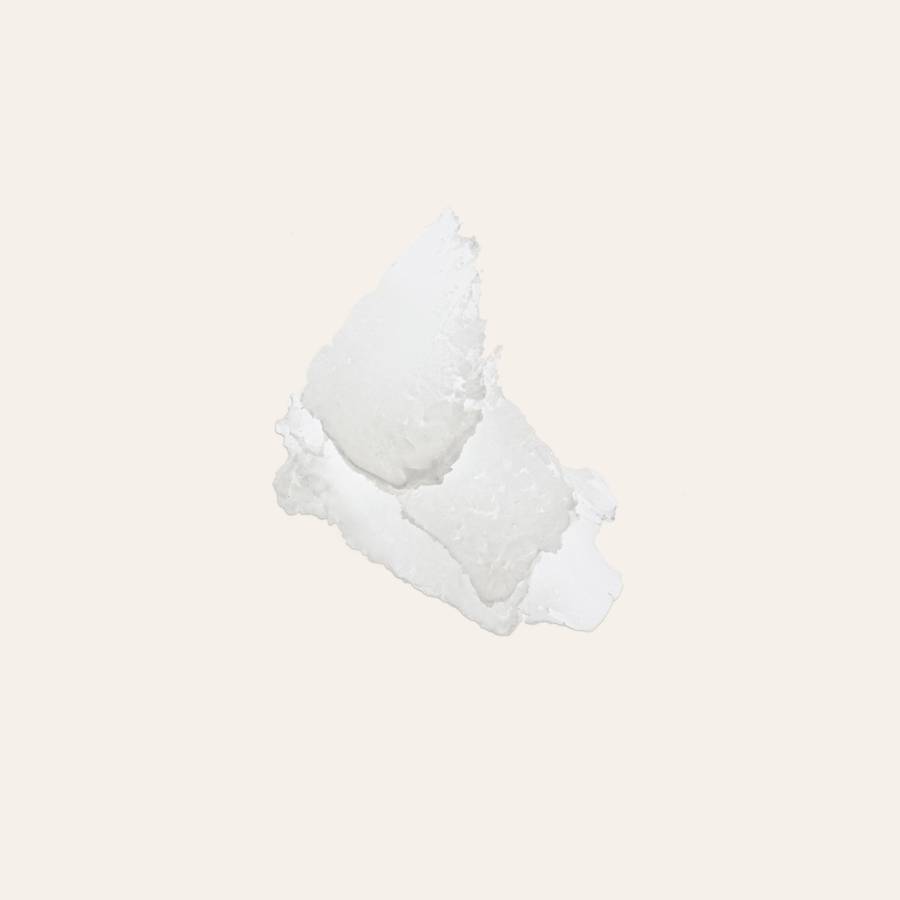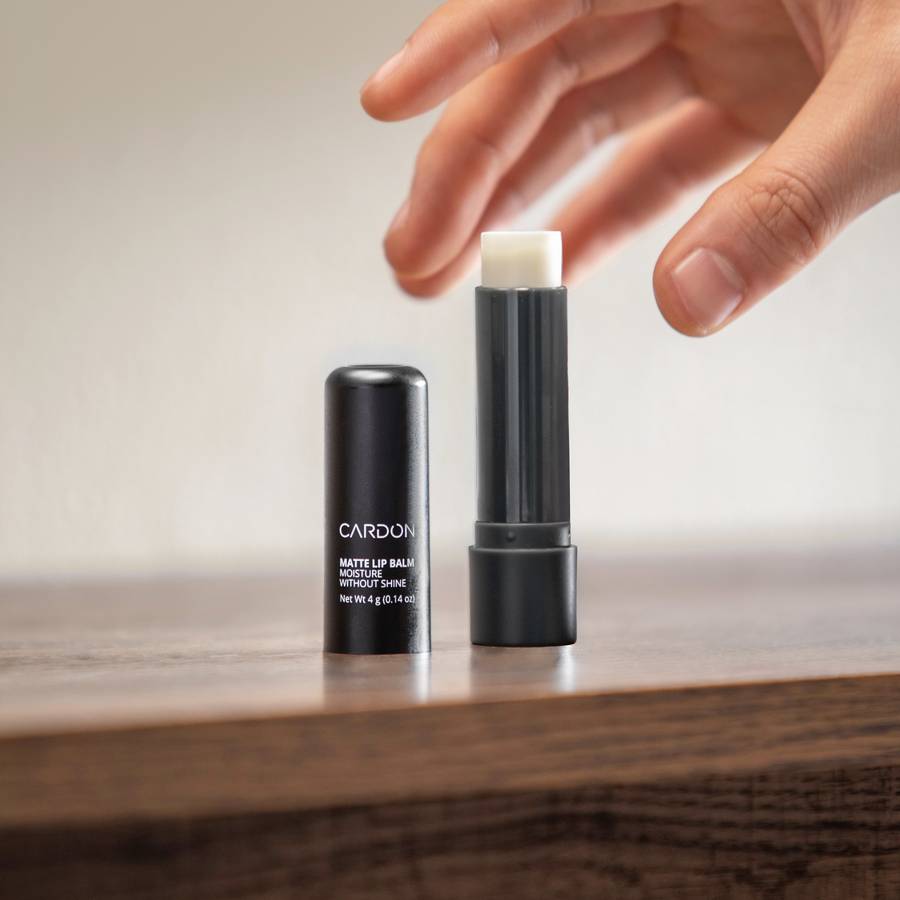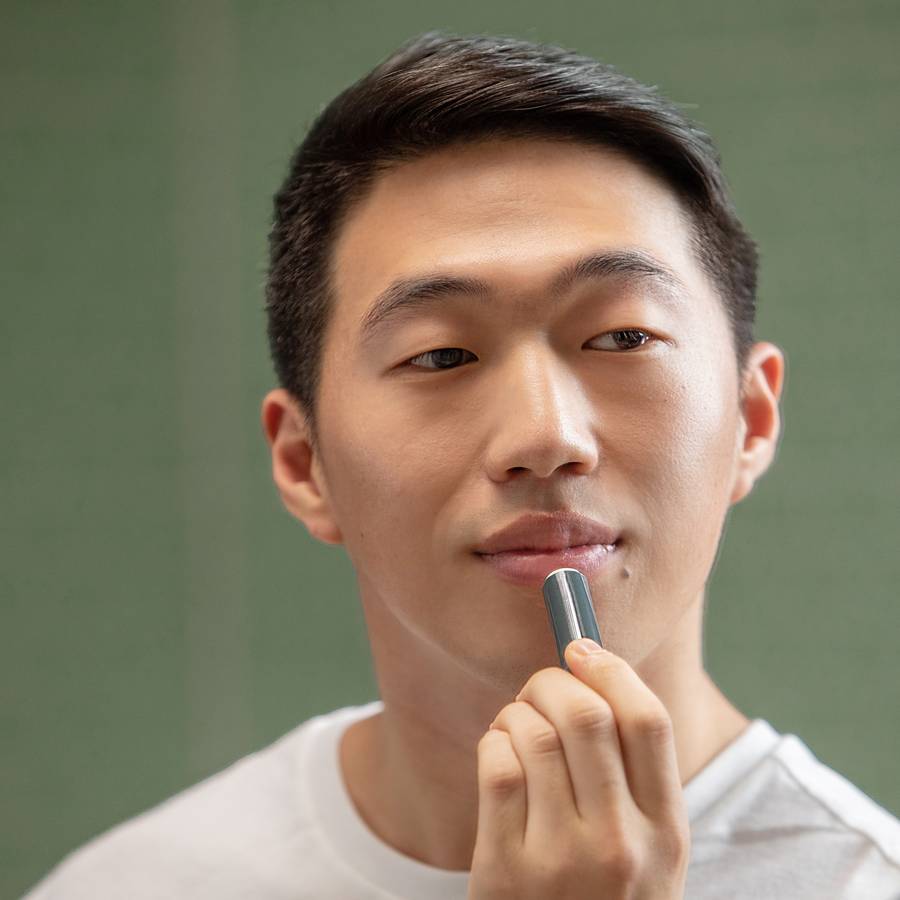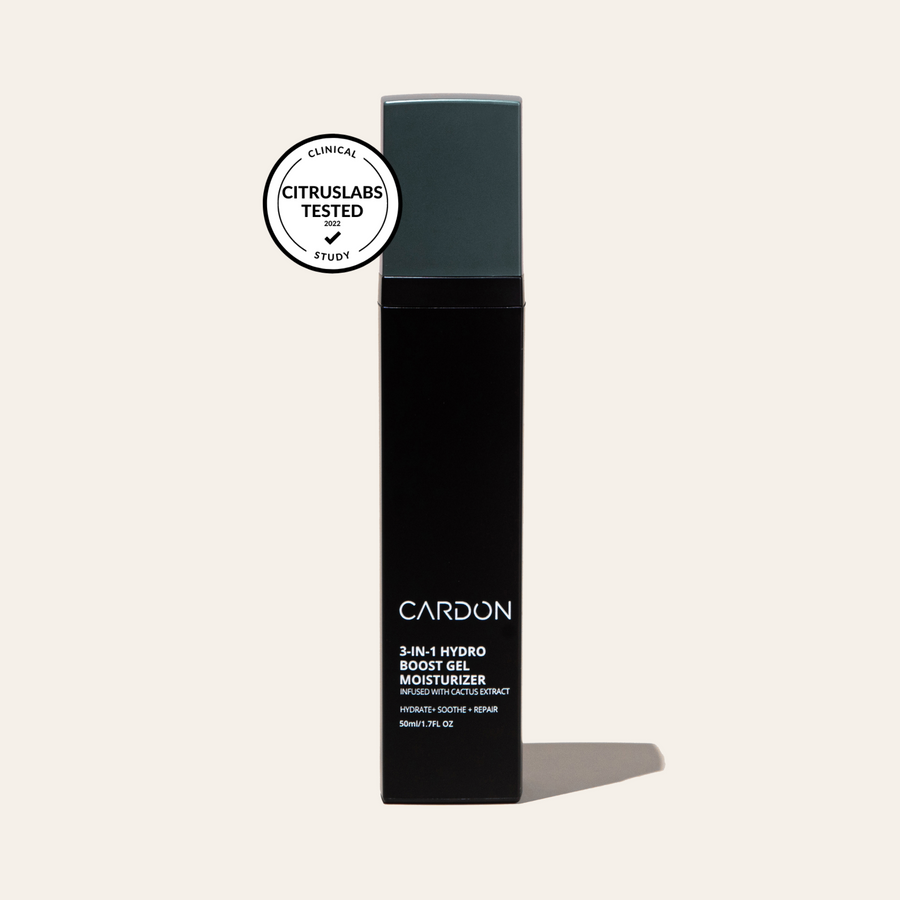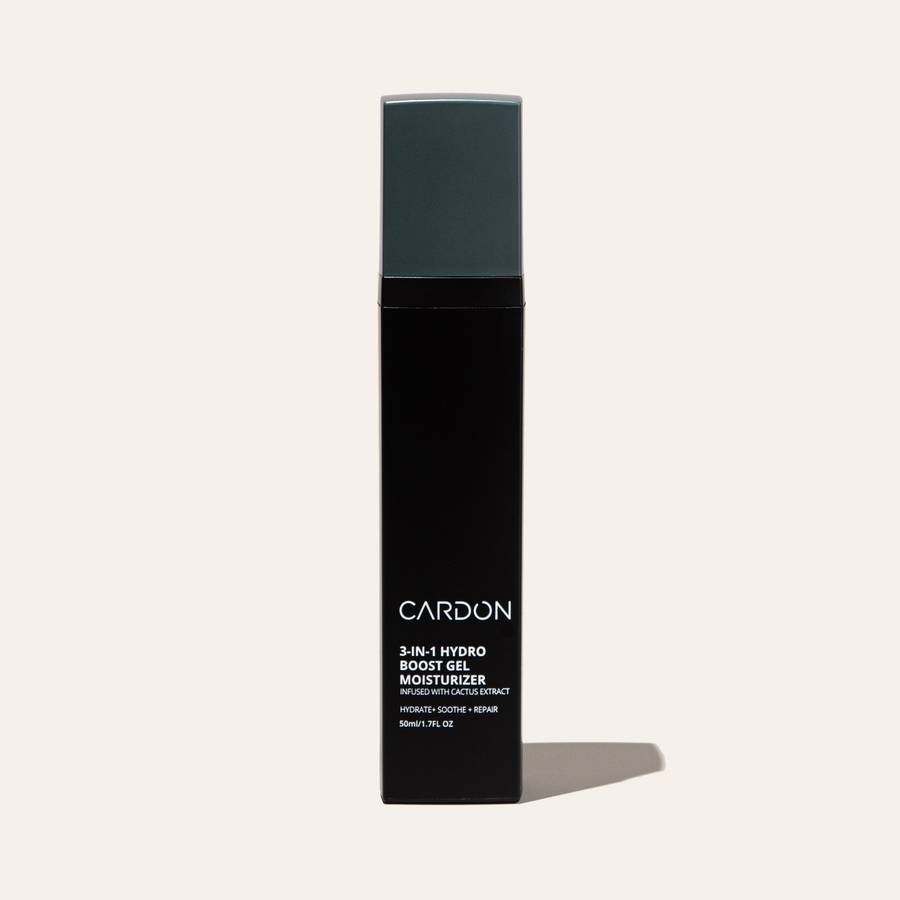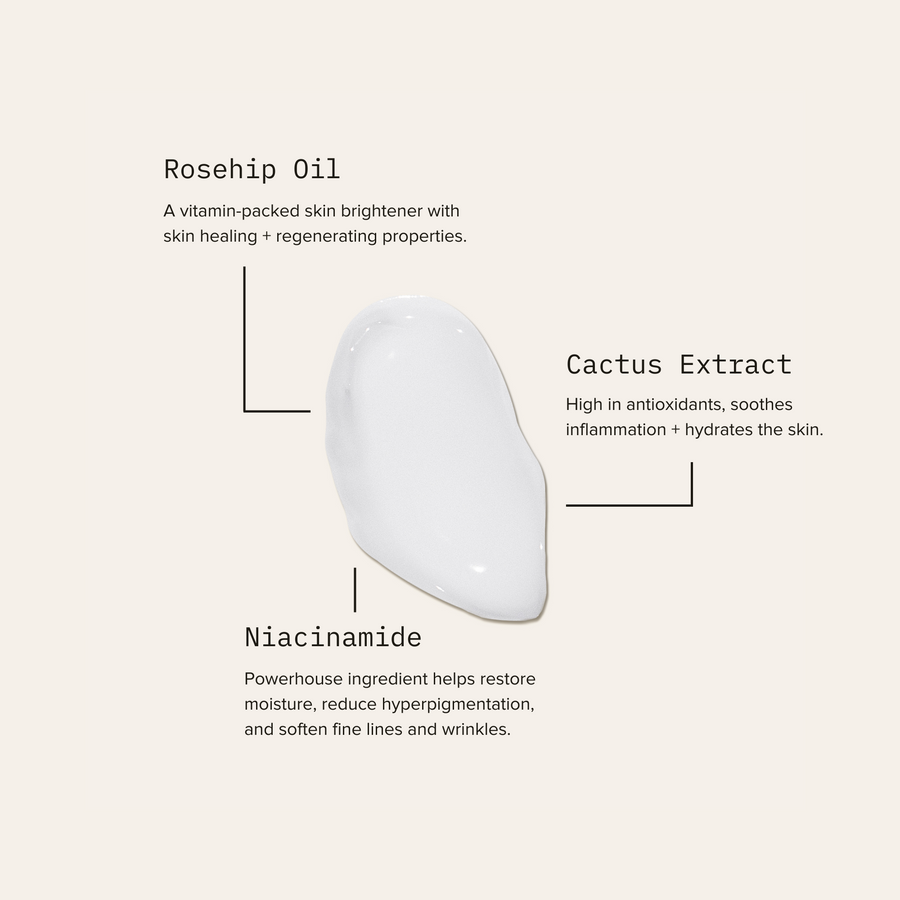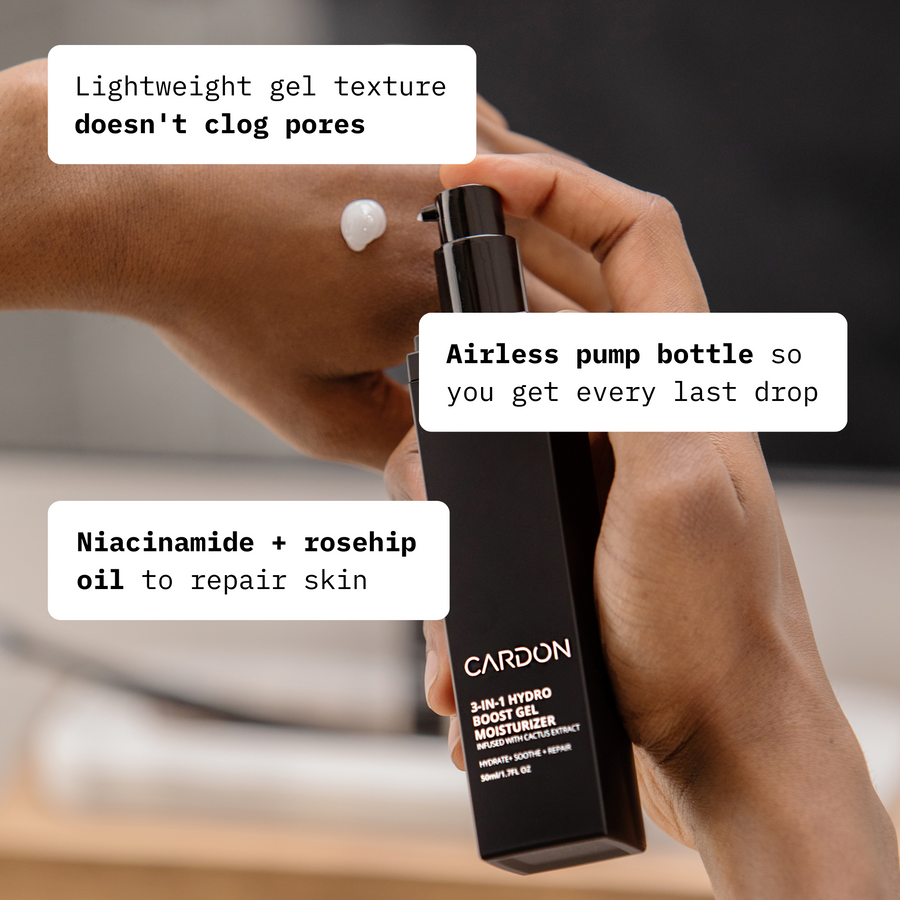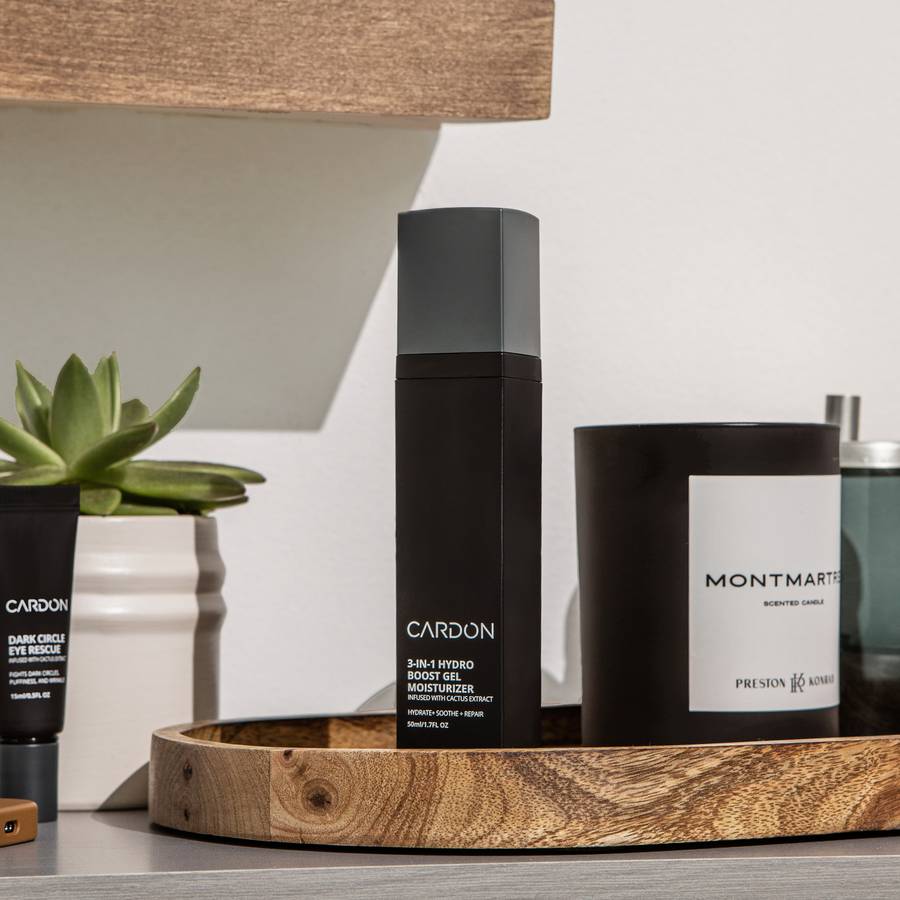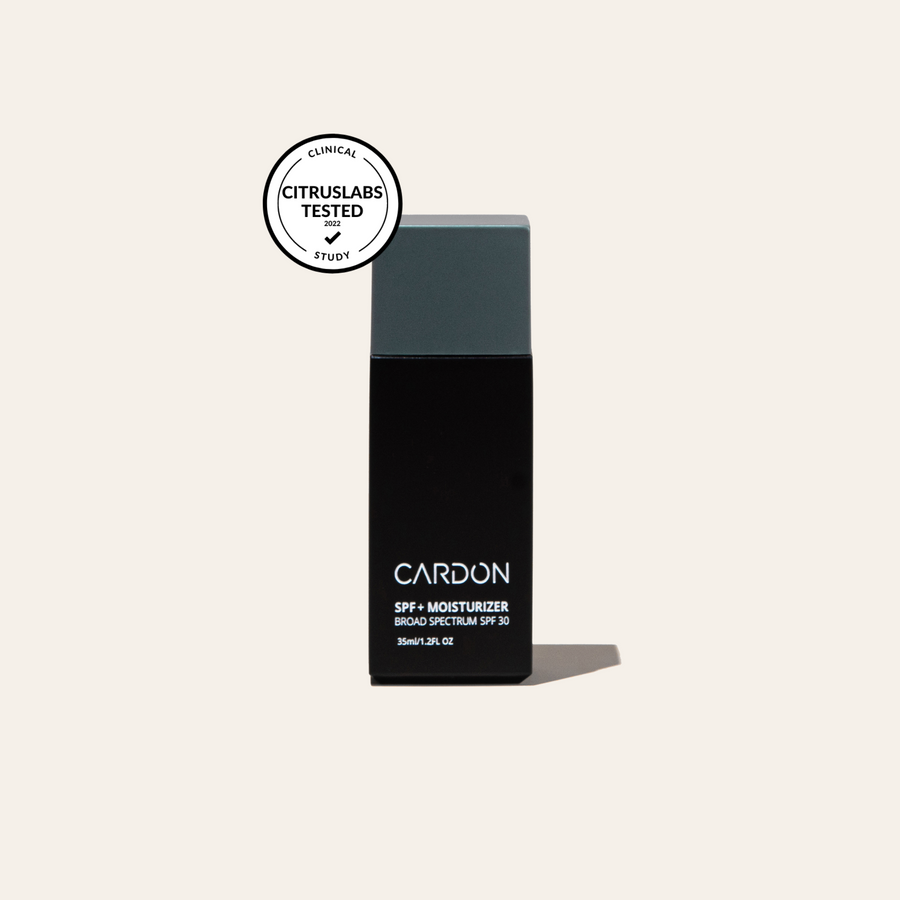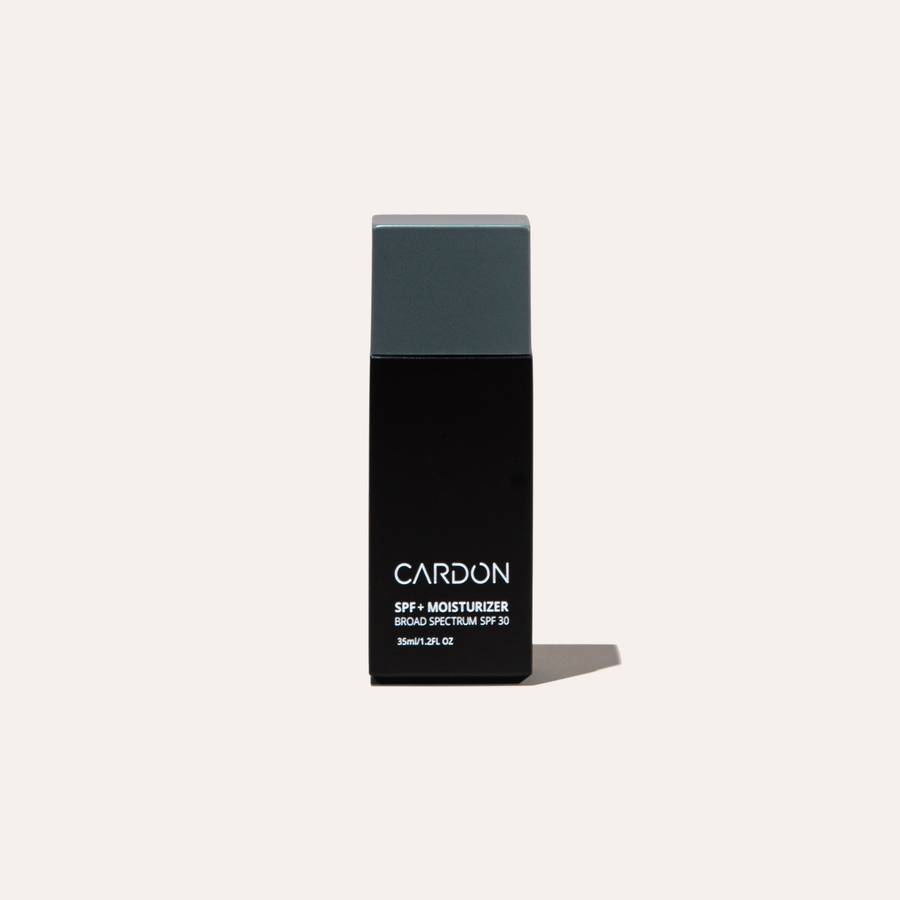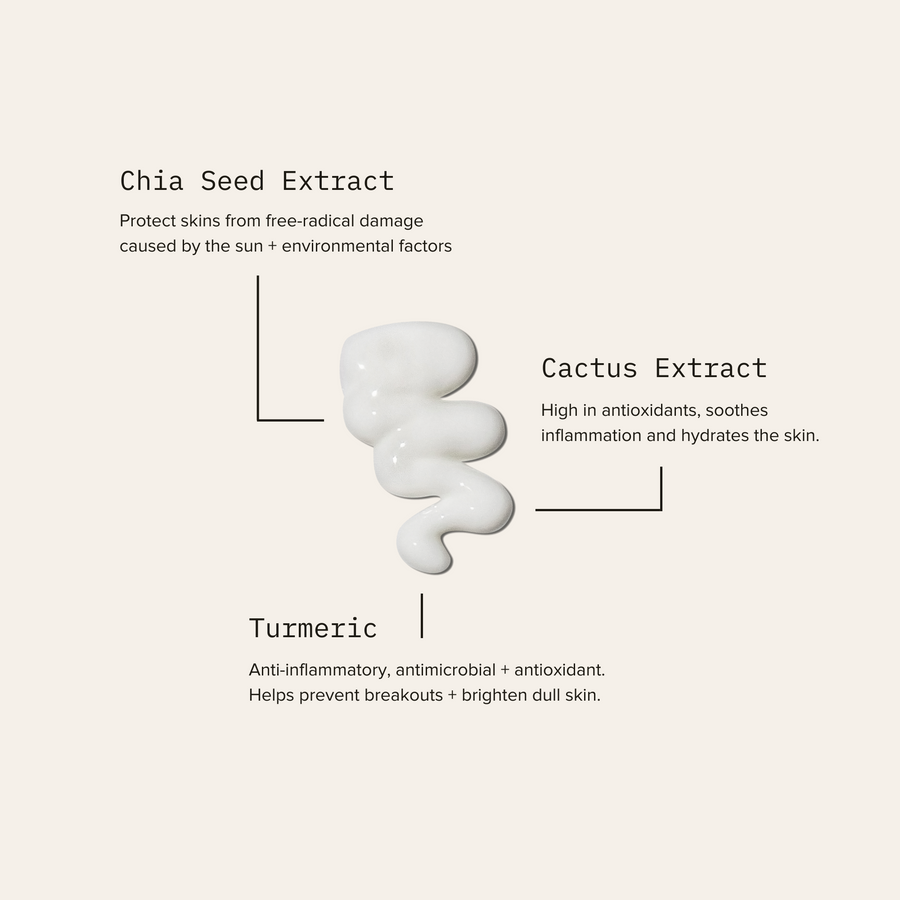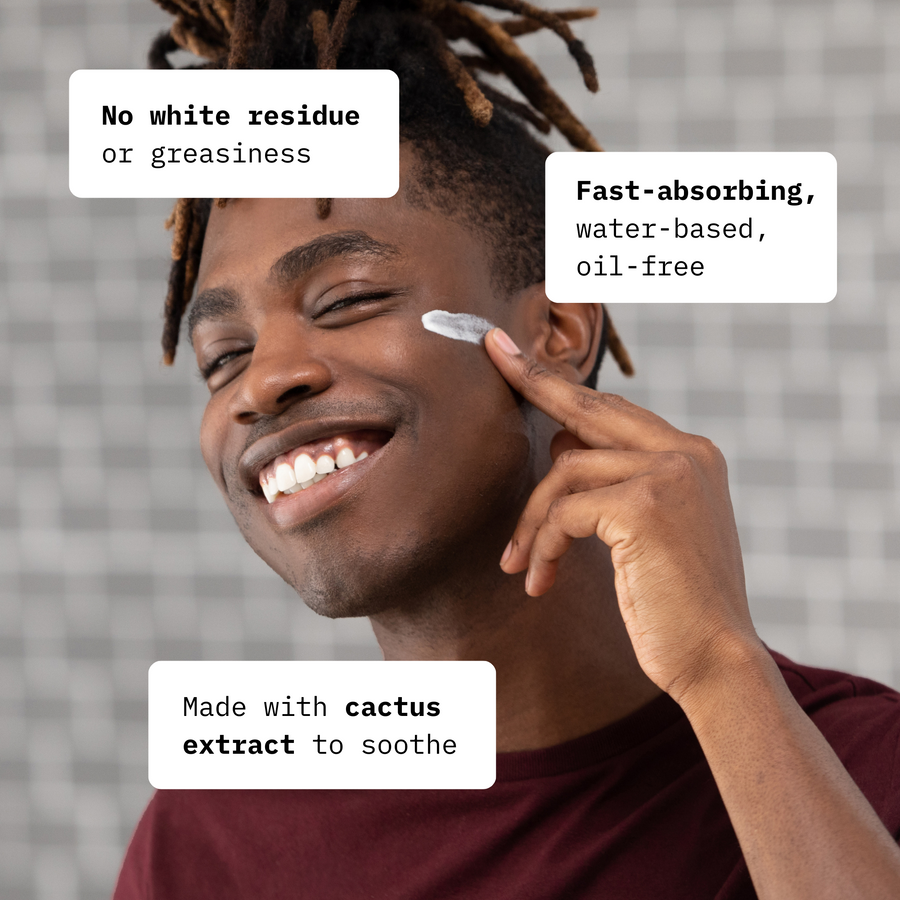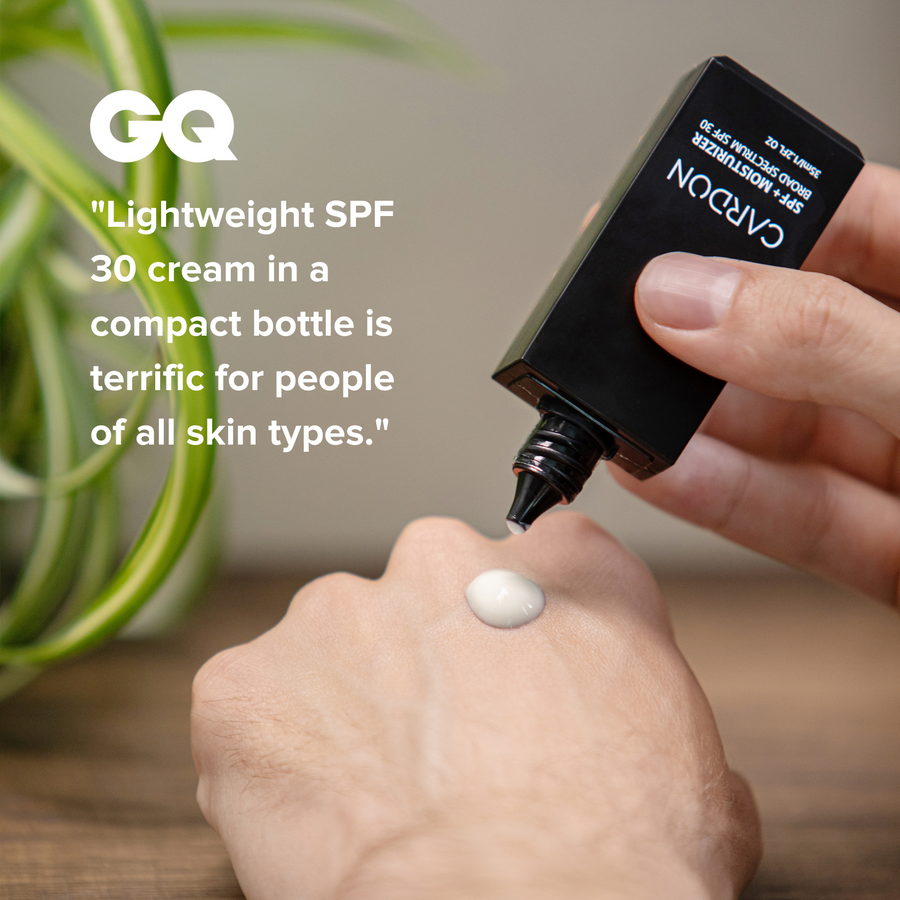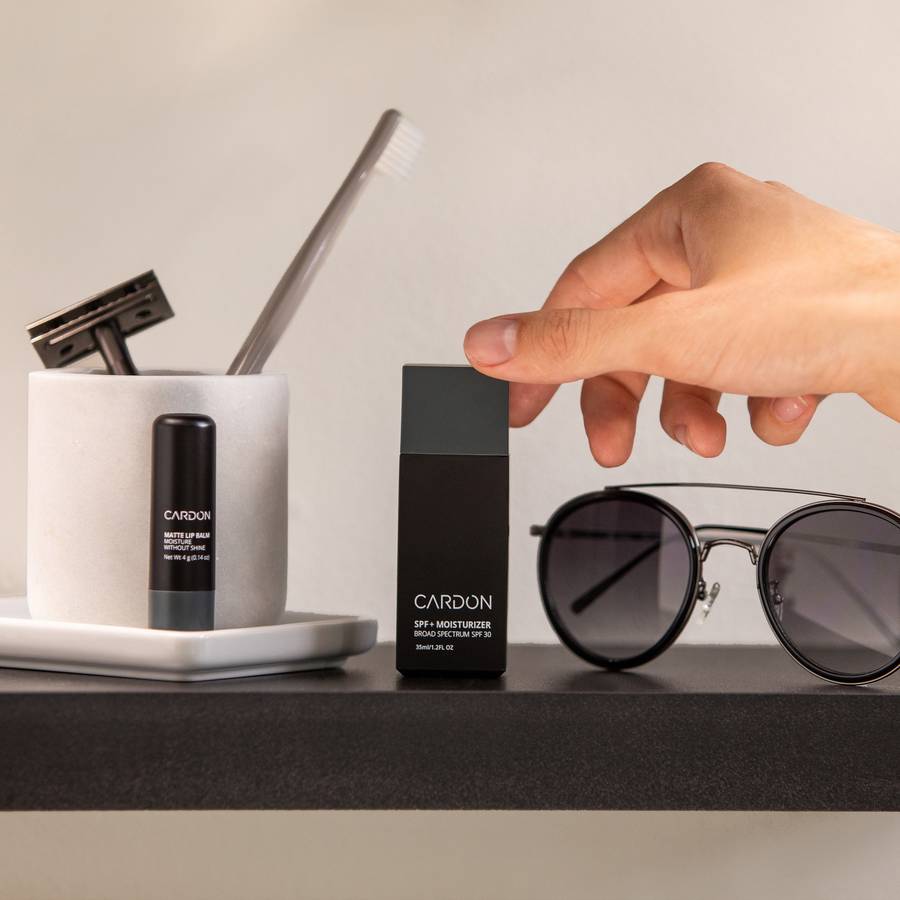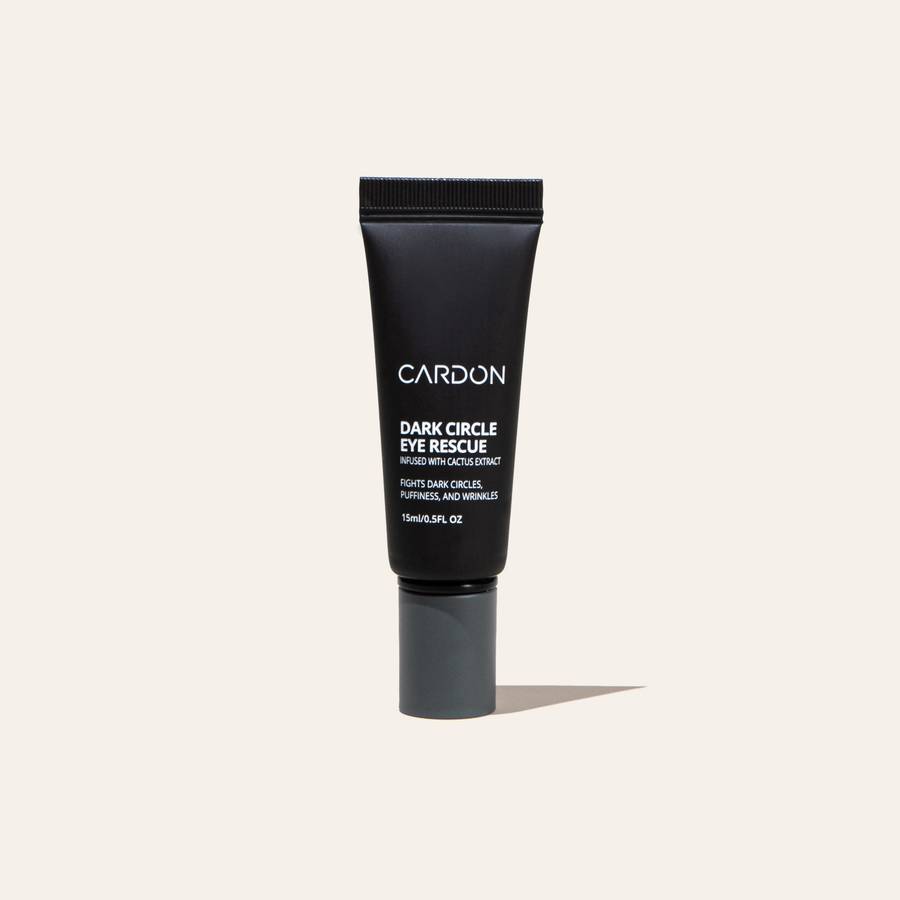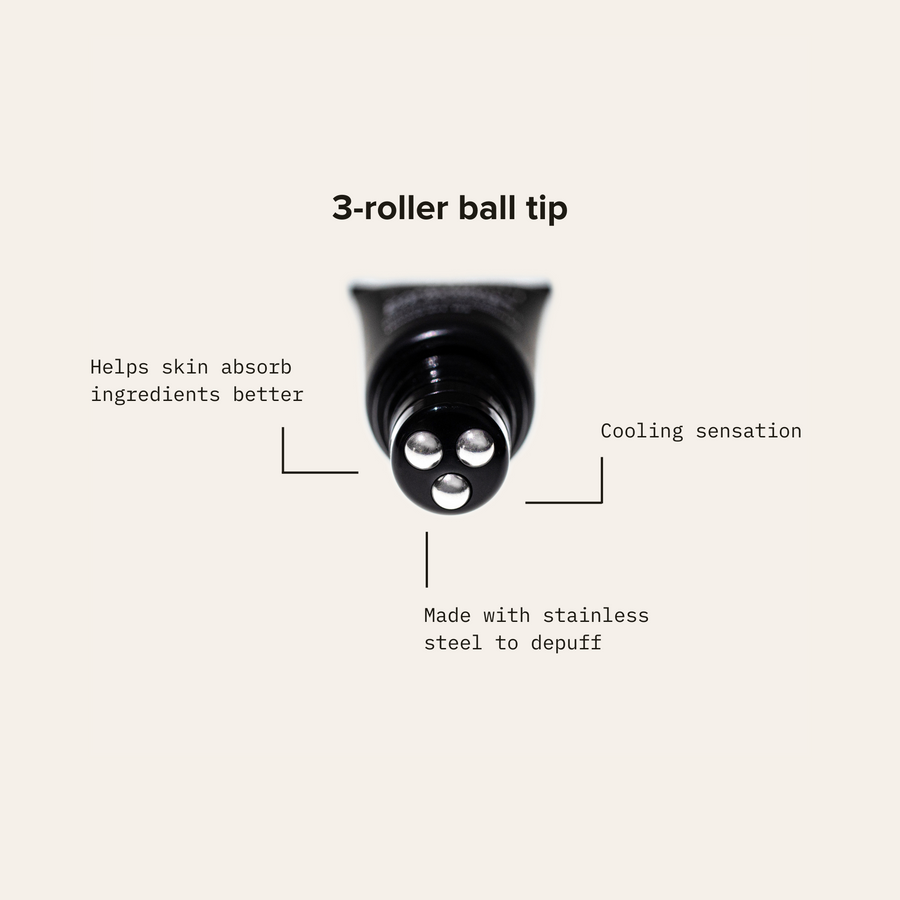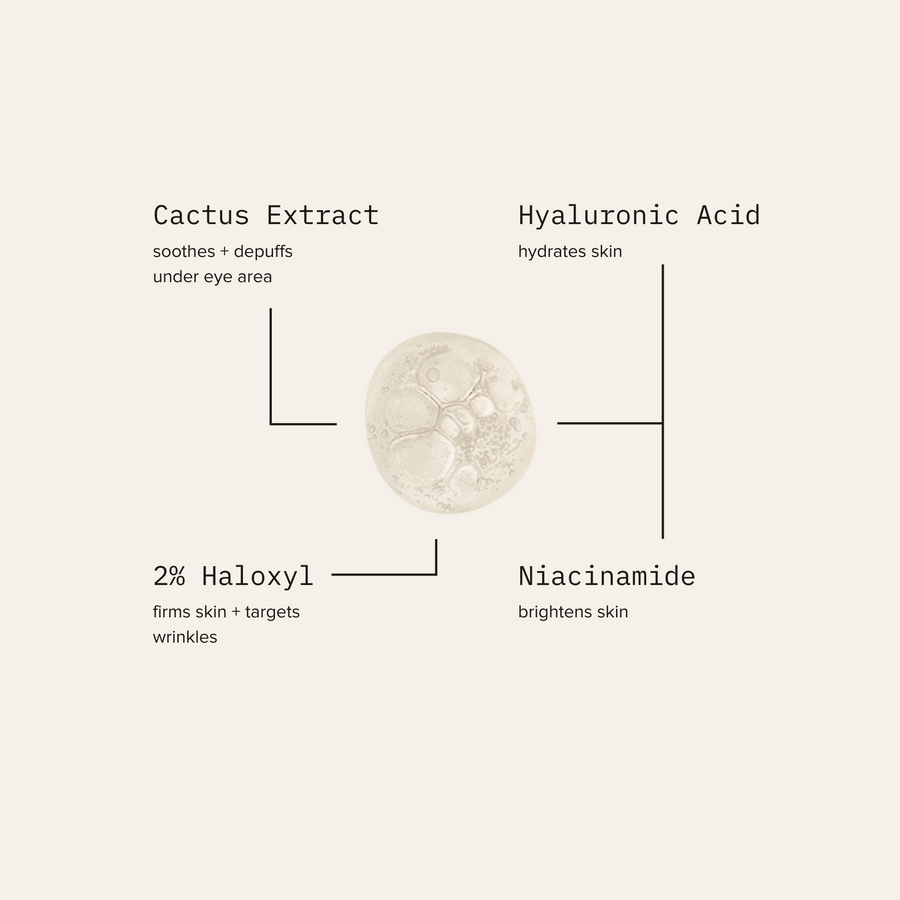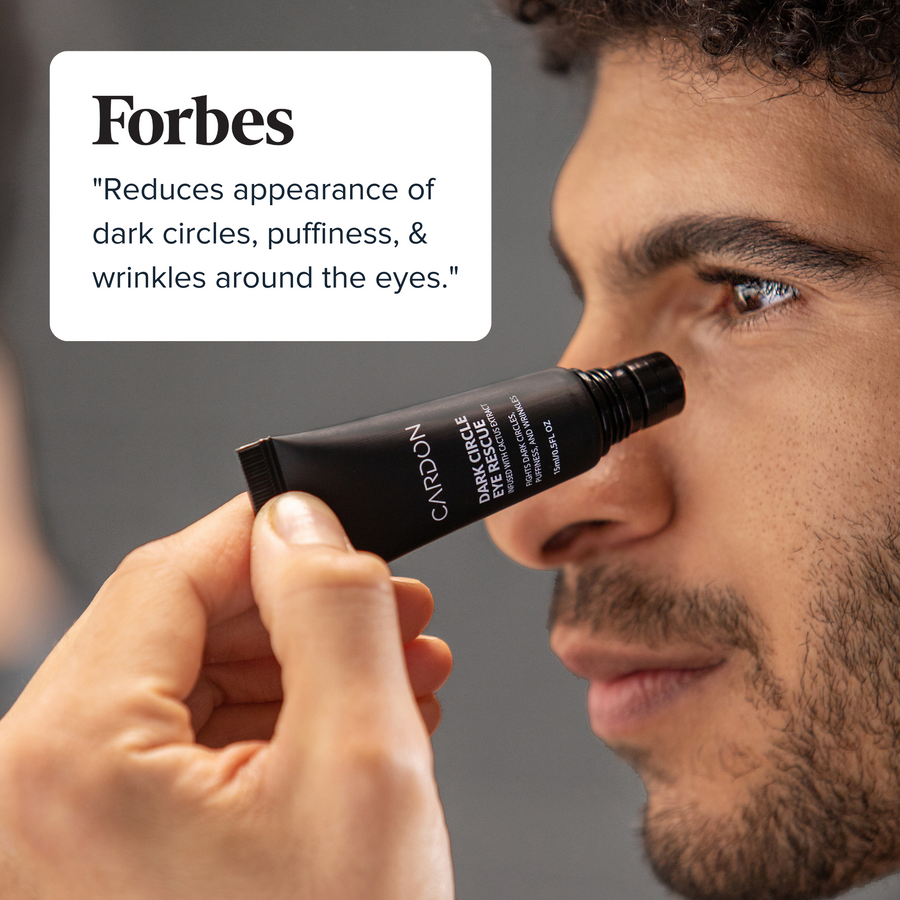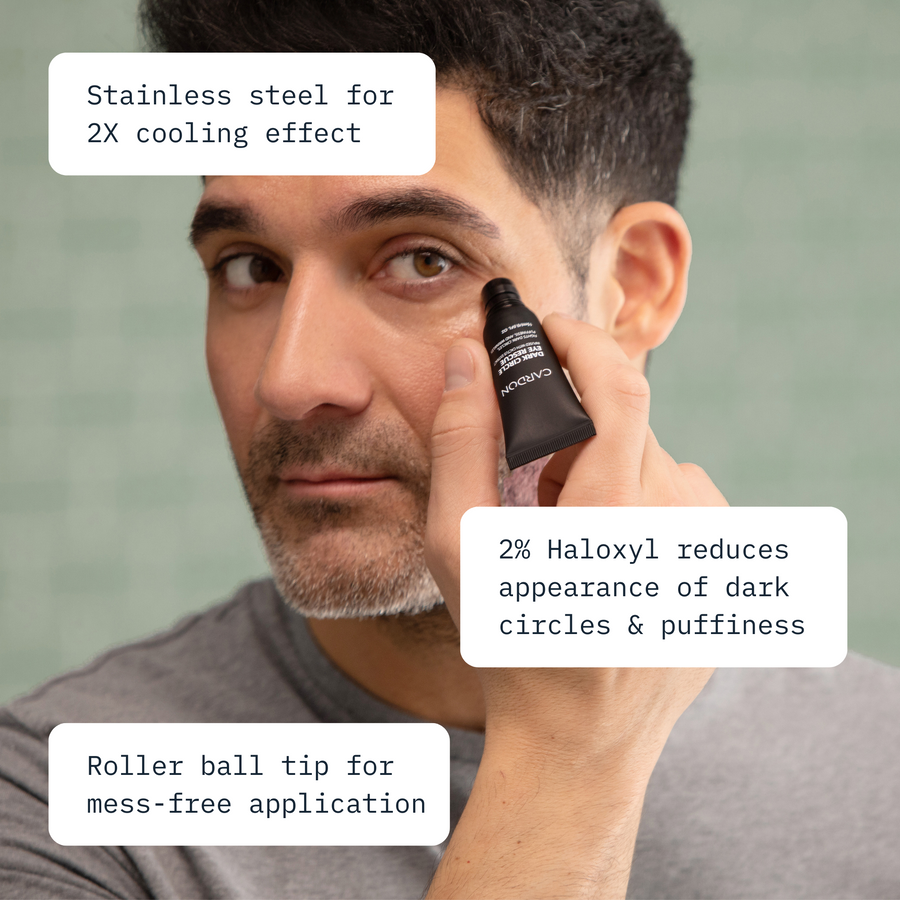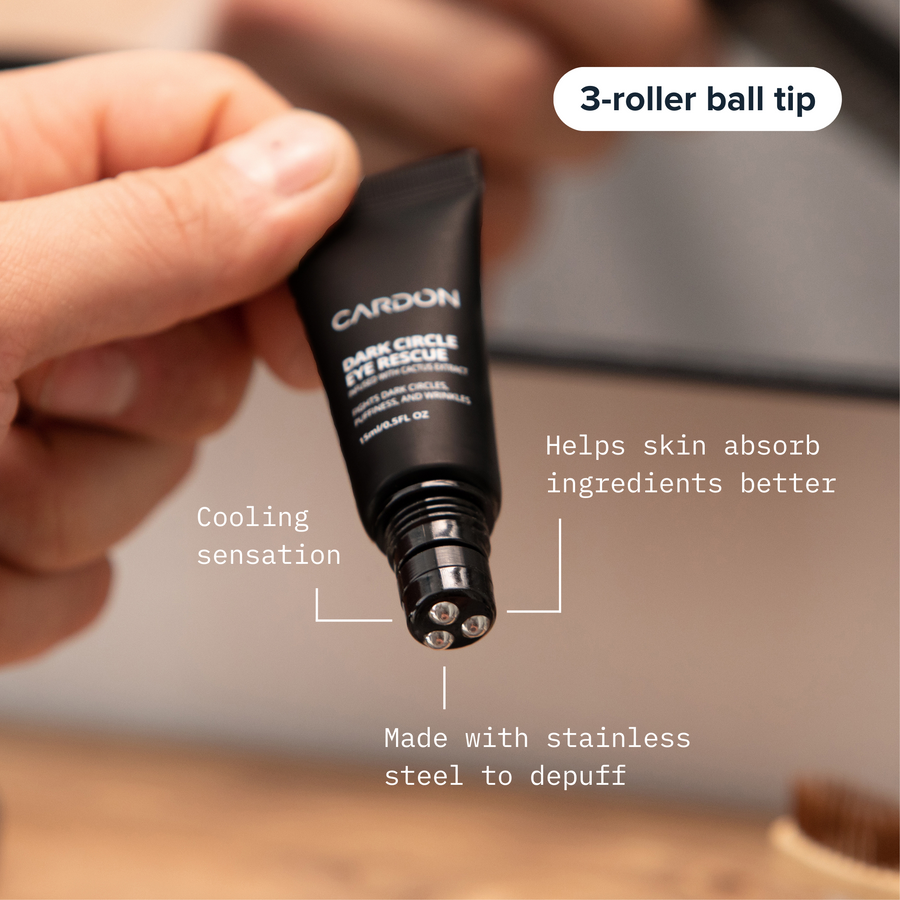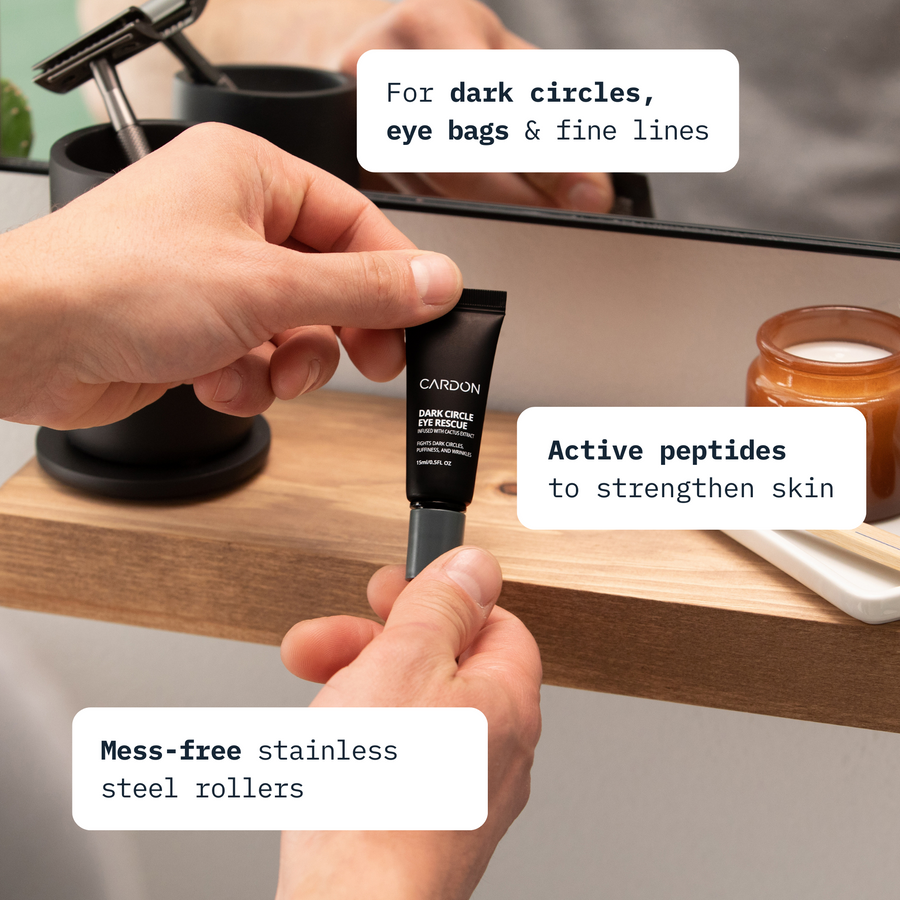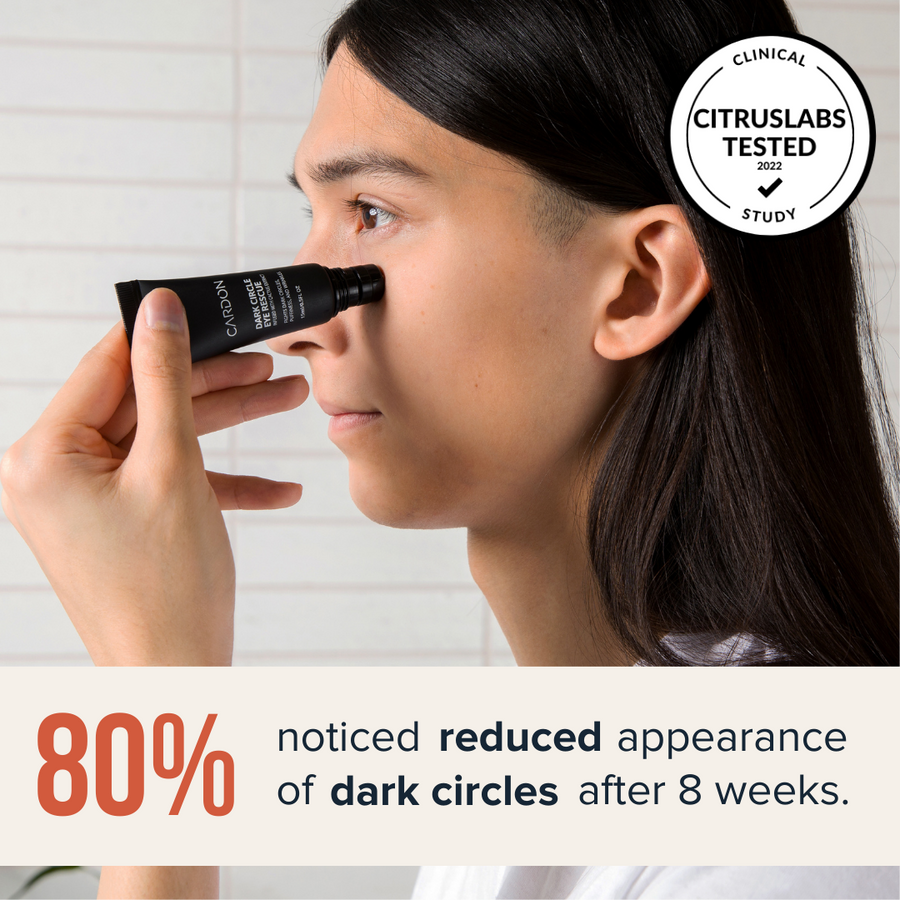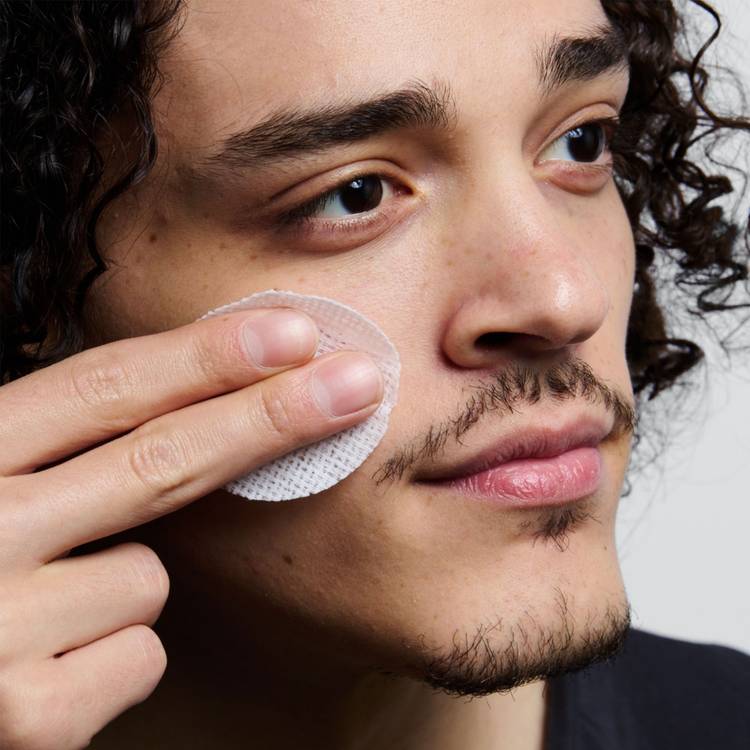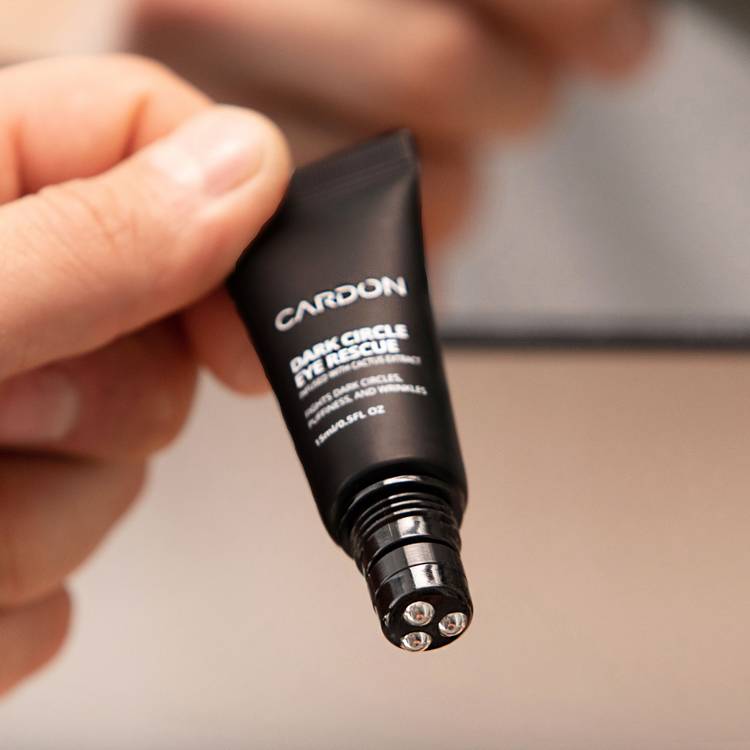Men’s Dry Skin Tips: How to Treat and Prevent Dry Skin Year Round

If you have naturally dry skin, or find that is becomes easily dehydrated in cooler months, then fret not: There are solutions to be found—so you can stop searching the world wide web for things like “Dry skin face men” or “what helps with dry skin for men?”—or you can stop searching on your partner’s behalf. (We see you, googlers of “why is my husband’s skin so dry?”)
Read on for advice on how to fix men’s dry skin (particularly facial skin), for once and for all. And in turn, it will put an end to the itchiness, flakiness, and general discomforts that come with having dehydrated skin.
(For our friends with oily skin: Read Best Oily Skin Routine for Men)
The Best Skincare Routine for Dry Skin Men
What am I lacking when my skin is so dry, you wonder? Maybe it’s just a simple list of do’s and don’ts that you can adhere to every day.
Follow this regimen in order to reverse or prevent dry skin, especially as it pertains to dry facial skin. Just be sure to stick with it every day, since that’s the more or less the point of a skincare regimen. (Also, that’s how you’ll ensure the dry skin stays gone.)
1. Pick a gentle cleanser
Oftentimes, your skincare regimen is itself the culprit behind irritated skin, and for most people all signs point to a subpar facial cleanser. Many face washes use harsh detergents and soap to pull all the oil and grime away from skin. The thing is, those oils are imperative for having balanced, smooth skin; instead, you want a gentle and nourishing face wash that flushes away excess oils rather than depleting skin of all its needed moisture. (These gentle washes will also adequately flush away sweat and grime.) However, with dry skin, you don’t have this “luxury” of excess oils to remove—so you need a gentle, hydrating cleanser that doesn’t take things too far.


Typically, if something touts itself as hydrating, balancing, or purifying, then it’s likelier to be in your favor. (Read the reviews to confirm, however.)
The Purifying Clay Cleanser from Cardon uses ingredients like soothing cactus extract and tiger grass, hydrating clay minerals, nourishing fig extract, and antimicrobial lauric acid (which is gentle, promise). It also uses kaolin and Moroccan lava clays to softly balance oil levels while extracting all the toxins from your pores. We designed it to use twice a day—morning and night—which is the baseline for any skincare regimen.
See also: Cleanser 101: Tips for Washing Your Face
2. Keep showers short and water temperature low-to-medium
And as counterintuitive as it may seem, overexposure to water (or any exposure to overly warm/hot water) can dehydrate skin. Again, it’s the oils in your skin that keep things soft and hydrated, and the water in your shower (plus any soaps you might use) can strip away these oils. So try to taper down your shower frequency and duration, as well as the water temperature in order to honor these natural oils. And as soon as you’re out, when the skin is still damp...that’s when you want to immediately apply the hydrating steps of your regimen. (The same goes for a simple sink cleanse; then apply your moisture-trapping product directly afterwards.)


Shop the product

Daily SPF + Moisturizer
$24.00
3. Exfoliate twice weekly
While exfoliation is inherently rough on skin—and is thus avoided by more sensitive skin types—it remains paramount for dry skin. Dehydrated skin accumulates lots of rough patches, which are essentially mounds of dead skin cells piling up on your face (kind of akin to your foot creating calluses, though it’s way less gross on the face, thankfully). This is also why dry skin tends to also be flaky and itchy.
So, incorporate an exfoliating product into your regimen twice a week—applied in the evening, after cleansing, and before moisturizing. You want a cleansed surface that allows the exfoliating product to work unencumbered, and then you want to immediately hydrate it, to help it rebound.


There are lots of gentle scrubs (look for a low concentration of exfoliating beads, or even pumice and seed bits—it’ll probably have the word “gentle” on it, too) and even some gentle (low-strength) exfoliating serums and dual cleanser-exfoliators. For the latter, look for ingredients like lactic or glycolic acid, and salicylic acid. All of these products will also help keep pores clear and prevent breakouts—especially anything with salicylic acid. Some people with dry skin react inversely to all exfoliating chemicals, though, so always test it out on a small patch of skin.
4. Use additional hydrating products, like face masks and beard oils
If you have routinely dry skin, then you may have to elevate your regimen above the baseline/minimalist routine. That is to say, you need a little extra push, above a cleanser, moisturizer, and exfoliator. Specifically, you should consider things like hydrating masks, oils, and serums. A 2-3x weekly sheet mask can plump your skin full of ultra nourishing ingredients. Our soothing Bamboo Charcoal Sheet Mask (with bonus beard oil) and Cactus Soothing Face Mask both give you a spa-like treatment, leaving skin glowing, but more importantly, you’re left feeling extremely nourished and hydrated.


Face and beard oils can also be applied over top of a moisturizer, to compensate for the lack of natural oils that your pores are procuring. Look for oils like jojoba and argan for the task. They’ll penetrate through anything you’ve applied beneath, but should not be applied prior to any moisture creams. They’re also the best way to hydrate your skin underneath a beard, since creams have a hard time slipping past all the hairs; these oils will even prevent beard dandruff and any associated itching and flaking.
Oh, and don’t underestimate the power of a good lip balm, either: That’s the best way to protect the extremely thin, susceptible skin from the punishing elements, no matter the season.
5. Moisturize at least twice a day
Every time you cleanse your face, you also need to chase it with a moisturizer. And aside from delivering nourishing ingredients to those outer layers of skin, moisturizer is defensive in nature. The best ones utilize SPF to bounce harmful, parching UV rays; secondly, a good hydrator also floods your skin with antioxidants to fight free radicals, while also forming a defensive layer that keeps skin-aging toxins and pollutants out. We designed Cardon’s Daily SPF Moisturizer to do all of these things.


Shop the product

Daily SPF + Moisturizer
$24.00
However, if you have dry skin, it’s wise to double up on moisture, by applying a hydrating serum or a hydration-boosting gel underneath your SPF. Many of our dry-skinned customers achieve this by pairing Cardon’s Gel Moisturizer with the SPF Moisturizer. It utilizes cactus extract as well as rosehip oil and niacinamide to calm, smooth, heal, and balance your skin. It’s also a perfect fit for a bedtime moisturizer, to trap moisture in the skin while you sleep (and since you don’t exactly need the SPF moisturizer overnight).
Shop the collection
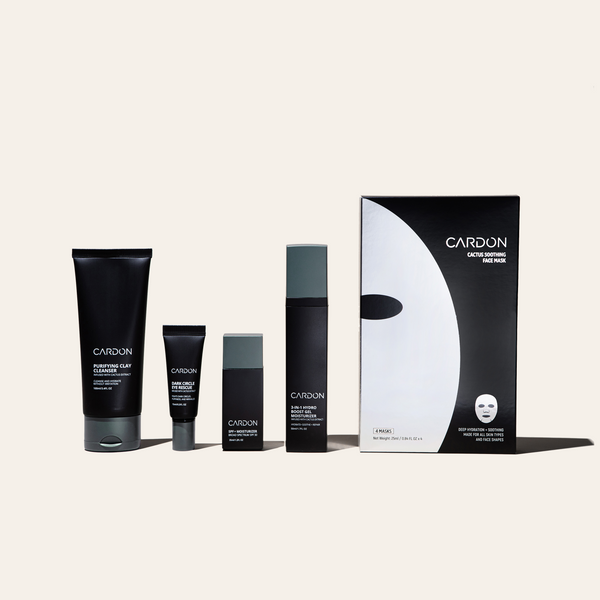
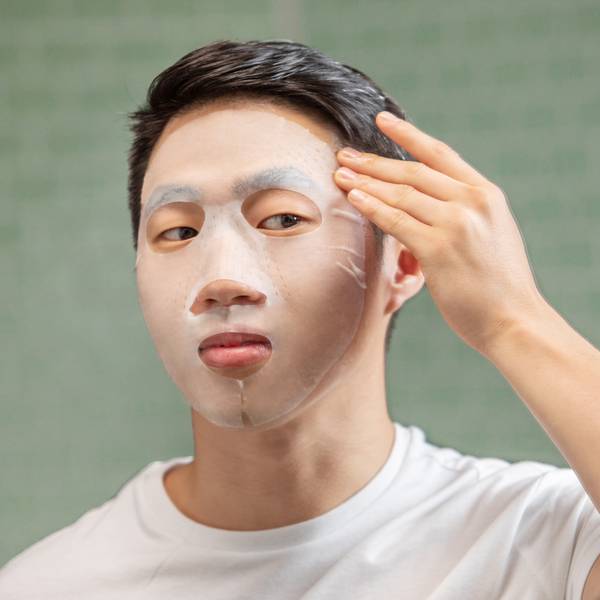
Dry Skin Set
good for:
Skin feeling a bit thirsty? The Dry Skin Set was crafted specifically for those with a dry skin type.
If you deal with flakiness, dull complexion, visible fine lines, red patches, or any combination of the above, this set was made for you. This is all you need to hydrate your skin—and keep it hydrated.
Includes Steps:
- 01
- 02 Dark Circle Eye Rescue
- 03 Daily SPF + Moisturizer
- 04 Hydro Boost Gel Moisturizer
- 05 Cactus Soothing Face Mask
Never go empty! Subscribe + Save 10%
Dry Skin Set
good for:
Skin feeling a bit thirsty? The Dry Skin Set was crafted specifically for those with a dry skin type.
If you deal with flakiness, dull complexion, visible fine lines, red patches, or any combination of the above, this set was made for you. This is all you need to hydrate your skin—and keep it hydrated.
Includes Steps:
- 01
- 02 Dark Circle Eye Rescue
- 03 Daily SPF + Moisturizer
- 04 Hydro Boost Gel Moisturizer
- 05 Cactus Soothing Face Mask
Never go empty! Subscribe + Save 10%
.png?v=1671636443230&options=w_600)
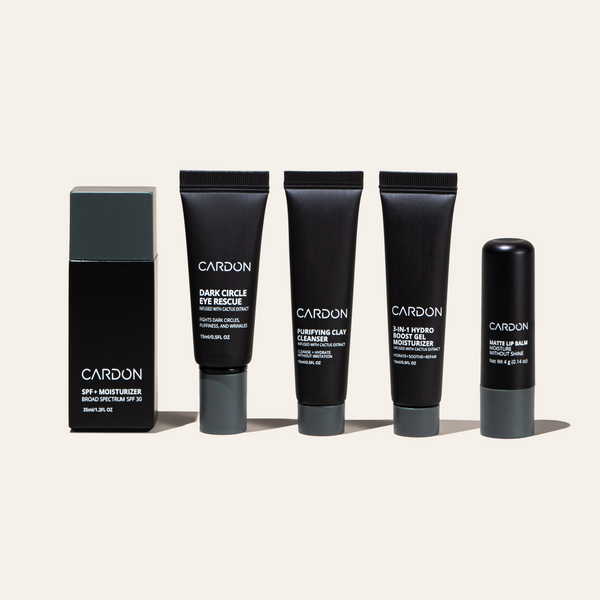
Limited Edition Jet Set Travel Kit
good for:
NEW! Limited Edition Jet Set Travel Kit with Dopp Kit.
With our new Jet Set Travel Kit, you can ditch the hotel samples for an on-the-go routine built with your skin in mind. These five simple steps cover all the bases– from cleansing your face to hydrating your lips– and they're all you need to pack before you hit the road. And, yes, it’s TSA-approved.
Includes Steps:
- 01 Daily SPF + Moisturizer
- 02 Dark Circle Eye Rescue
- 03 Clay Cleanser Sample, 15ml
- 04 Hydro Boost Gel Sample, 15ml
- 05 Matte Lip Balm
"I am a 55 years old and I have started to show my age on my face. After a long day in an aircraft cabin, this is exactly what my skin needs. It doesn’t take much time to complete and the results are worth it." – Jerri P.
Limited Edition Jet Set Travel Kit
good for:
NEW! Limited Edition Jet Set Travel Kit with Dopp Kit.
With our new Jet Set Travel Kit, you can ditch the hotel samples for an on-the-go routine built with your skin in mind. These five simple steps cover all the bases– from cleansing your face to hydrating your lips– and they're all you need to pack before you hit the road. And, yes, it’s TSA-approved.
Includes Steps:
- 01 Daily SPF + Moisturizer
- 02 Dark Circle Eye Rescue
- 03 Clay Cleanser Sample, 15ml
- 04 Hydro Boost Gel Sample, 15ml
- 05 Matte Lip Balm
"I am a 55 years old and I have started to show my age on my face. After a long day in an aircraft cabin, this is exactly what my skin needs. It doesn’t take much time to complete and the results are worth it." – Jerri P.
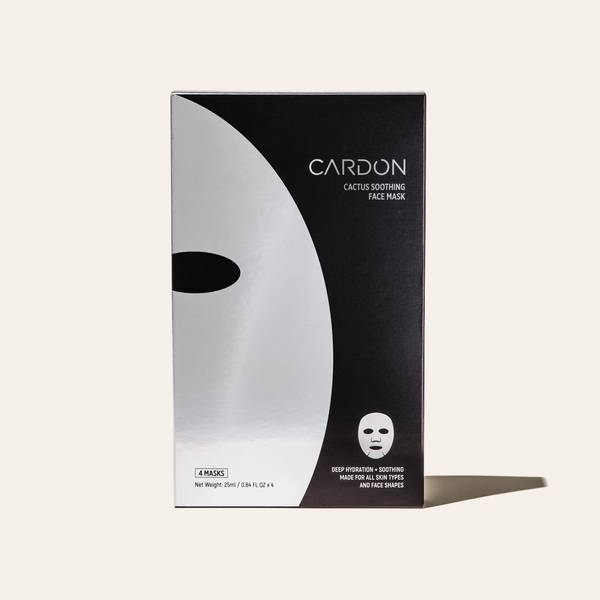
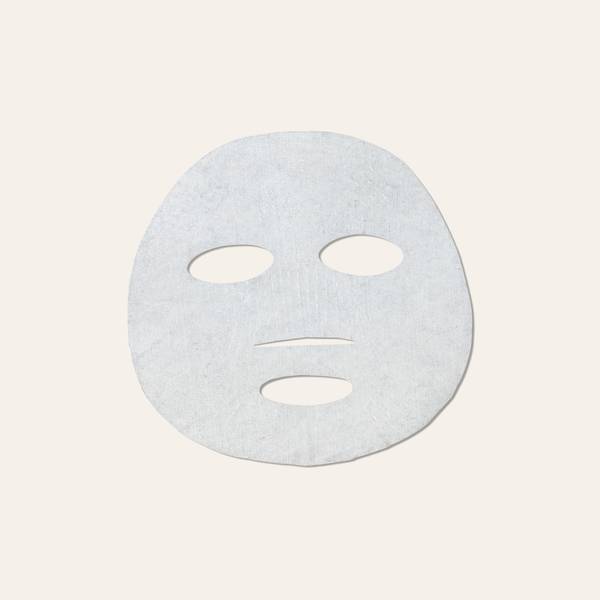
Cactus Soothing Face Mask
good for:
Everyone deserves some self-care time—may we recommend Cactus Soothing Face Mask and chill?
This immediate hydration boost is supercharged with healing ingredients like Cactus Extract and Cica to soothe redness and irritation while reducing fine lines. Perfect for a post-shave treatment or whenever you need a moment for you.
“Stress and late nights working have left my skin looking a bit rough, but this mask was perfect for some at-home spa relaxation. My skin definitely looks a lot more moisturized and refreshed.” - Melody C.
Cactus Soothing Face Mask
good for:
Everyone deserves some self-care time—may we recommend Cactus Soothing Face Mask and chill?
This immediate hydration boost is supercharged with healing ingredients like Cactus Extract and Cica to soothe redness and irritation while reducing fine lines. Perfect for a post-shave treatment or whenever you need a moment for you.
“Stress and late nights working have left my skin looking a bit rough, but this mask was perfect for some at-home spa relaxation. My skin definitely looks a lot more moisturized and refreshed.” - Melody C.
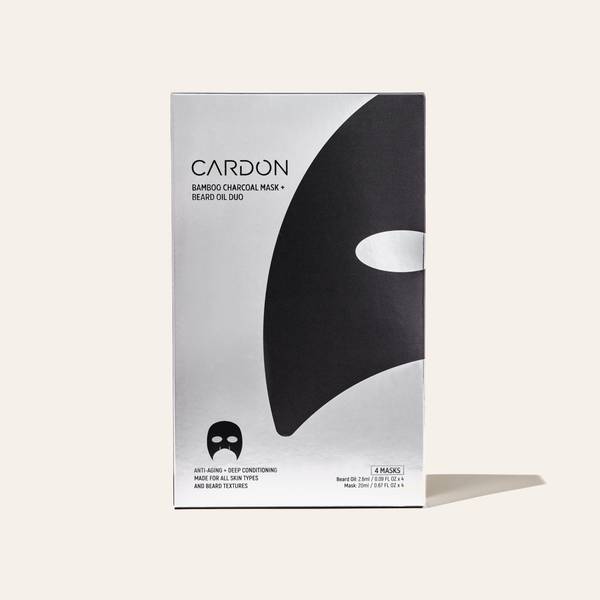
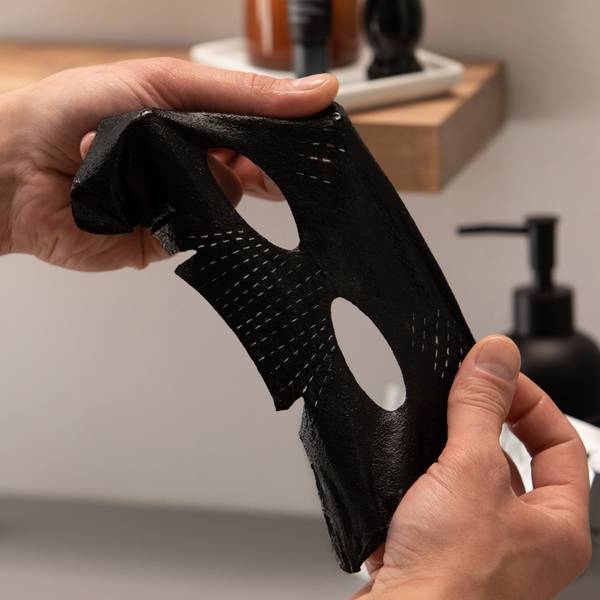
GIFT
Bamboo Charcoal Sheet Mask + Beard Oil
good for:
Often imitated, never duplicated, this innovative sheet mask is the first of its kind and an Ask Men Grooming award winner in the Best Sheet Mask category!
Half mask, half beard treatment, the Bamboo Charcoal Sheet Mask + Beard Oil gives each section of skin (and beard) just what it needs: A detoxifying, hydrating charcoal-infused mask for your skin and a nourishing beard oil blend for the ultimate beard care. Plus, the mask is designed with expandable nose slits to fit any face size and shape.
“I really enjoyed this face mask from Cardon. The beard oil applies easily and the half mask for your cheeks, nose, and forehead fits well and stays in place. My skin looks and feels great after removing the mask. Well done, Cardon!” - Tyler S.
Bamboo Charcoal Sheet Mask + Beard Oil
good for:
Often imitated, never duplicated, this innovative sheet mask is the first of its kind and an Ask Men Grooming award winner in the Best Sheet Mask category!
Half mask, half beard treatment, the Bamboo Charcoal Sheet Mask + Beard Oil gives each section of skin (and beard) just what it needs: A detoxifying, hydrating charcoal-infused mask for your skin and a nourishing beard oil blend for the ultimate beard care. Plus, the mask is designed with expandable nose slits to fit any face size and shape.
“I really enjoyed this face mask from Cardon. The beard oil applies easily and the half mask for your cheeks, nose, and forehead fits well and stays in place. My skin looks and feels great after removing the mask. Well done, Cardon!” - Tyler S.
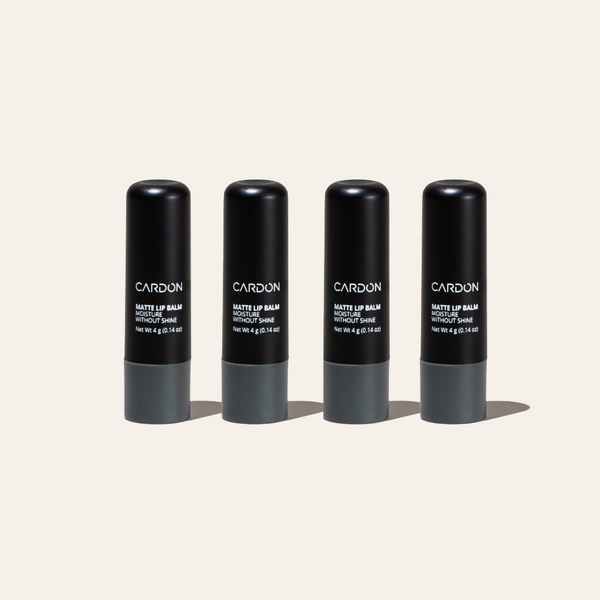
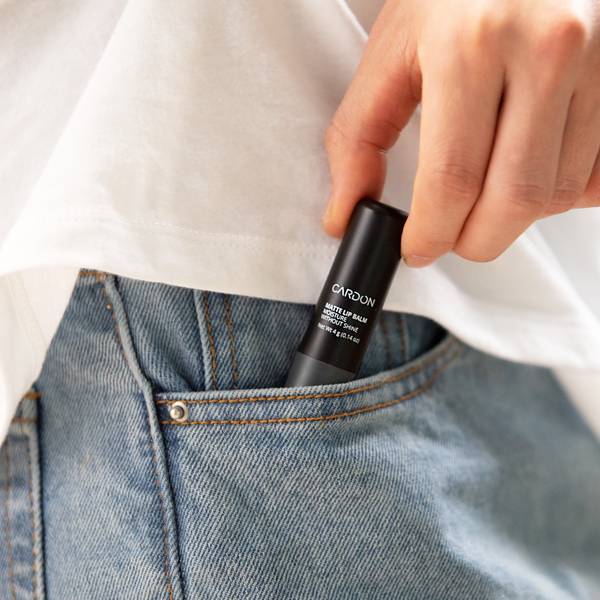
Matte Lip Balm (4 Pack)
good for:
Deeply hydrate, smooth and soothe your dry, chapped lips on-the-go without the shine. Infused with Cactus Extract and Ceramides, this moisturizing lip balm may become your best friend after one use. Comes in packs of four.
“It's a good practical lip balm. Nice packaging.” - Stephen N.
Matte Lip Balm (4 Pack)
good for:
Deeply hydrate, smooth and soothe your dry, chapped lips on-the-go without the shine. Infused with Cactus Extract and Ceramides, this moisturizing lip balm may become your best friend after one use. Comes in packs of four.
“It's a good practical lip balm. Nice packaging.” - Stephen N.
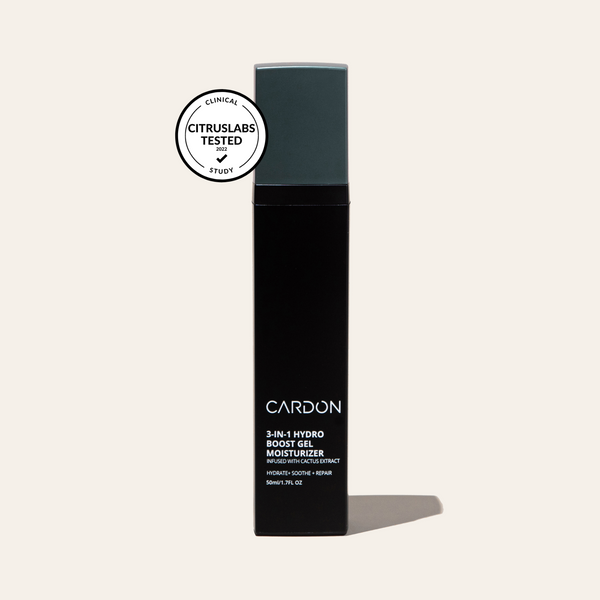
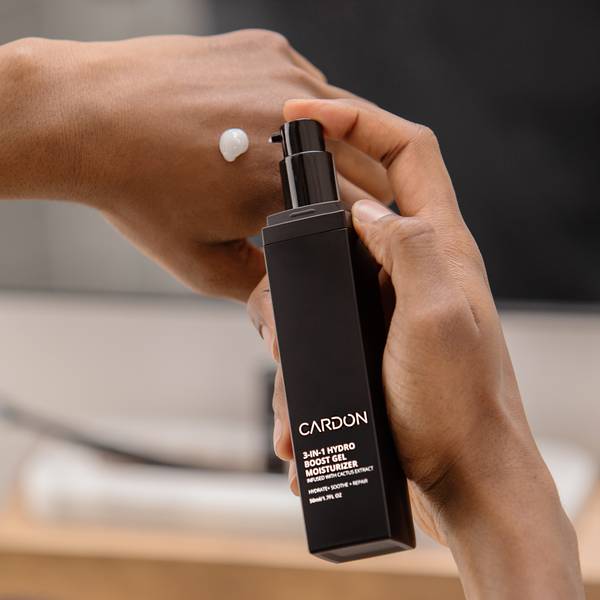
Hydro Boost Gel Moisturizer
good for:
Like a night cap for your skin, our Hydro Boost Gel Moisturizer is the ideal way to finish your evening.
This 3-in-1 gel moisturizer uses Cactus Extract and Rosehip Oil to put in the work while you snooze—hydrating, soothing, and repairing your skin all night long.
“This easily became part of my nightly routine. I've started to notice my face looking healthier and smoother. As a 32 y/o, you start to notice wrinkles creeping in, this helps me keep them at bay.” - Andrew S.
Hydro Boost Gel Moisturizer
good for:
Like a night cap for your skin, our Hydro Boost Gel Moisturizer is the ideal way to finish your evening.
This 3-in-1 gel moisturizer uses Cactus Extract and Rosehip Oil to put in the work while you snooze—hydrating, soothing, and repairing your skin all night long.
“This easily became part of my nightly routine. I've started to notice my face looking healthier and smoother. As a 32 y/o, you start to notice wrinkles creeping in, this helps me keep them at bay.” - Andrew S.
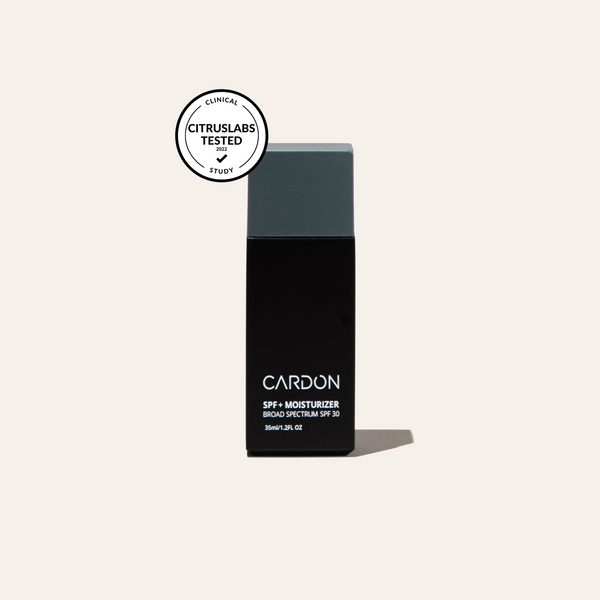
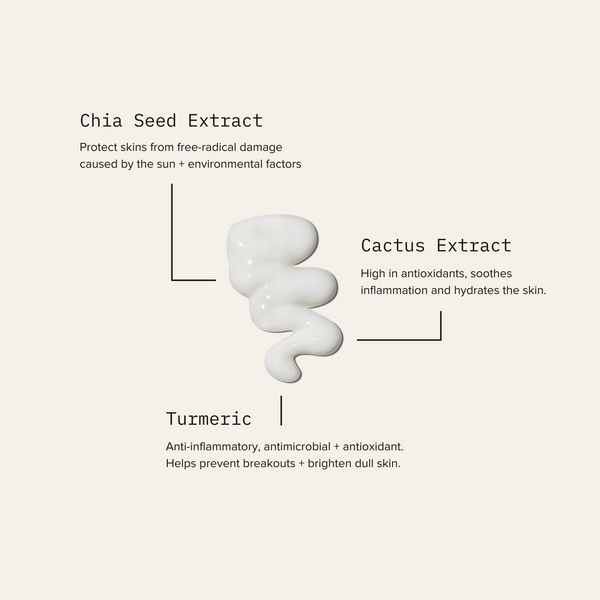
Daily SPF + Moisturizer
good for:
We’re playing favorites—this is the #1 most important step in your skincare routine. Stave off sun damage for healthy, youthful skin for years to come with our Daily SPF + Moisturizer, acclaimed best lightweight moisturizer with SPF by GQ!
Its fast-absorbing, lightweight formula uses Cactus and Chia Seed Extract to provide all-day hydration, plus Broad Spectrum SPF 30 to protect against UVA and UVB rays with ZERO residue or white cast.
“After trying several different brands, I finally found a product I like. It's lightweight, not sticky, and has a very subtle, fresh scent. Will definitely order again. I highly recommend this product.” - Sara T.
Daily SPF + Moisturizer
good for:
We’re playing favorites—this is the #1 most important step in your skincare routine. Stave off sun damage for healthy, youthful skin for years to come with our Daily SPF + Moisturizer, acclaimed best lightweight moisturizer with SPF by GQ!
Its fast-absorbing, lightweight formula uses Cactus and Chia Seed Extract to provide all-day hydration, plus Broad Spectrum SPF 30 to protect against UVA and UVB rays with ZERO residue or white cast.
“After trying several different brands, I finally found a product I like. It's lightweight, not sticky, and has a very subtle, fresh scent. Will definitely order again. I highly recommend this product.” - Sara T.
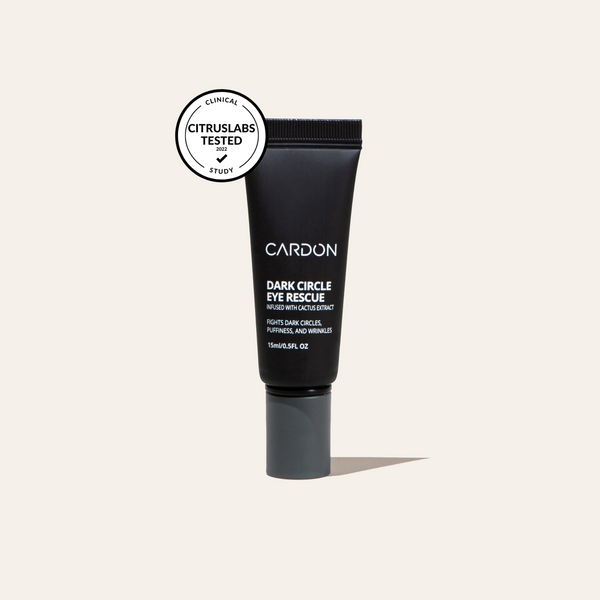
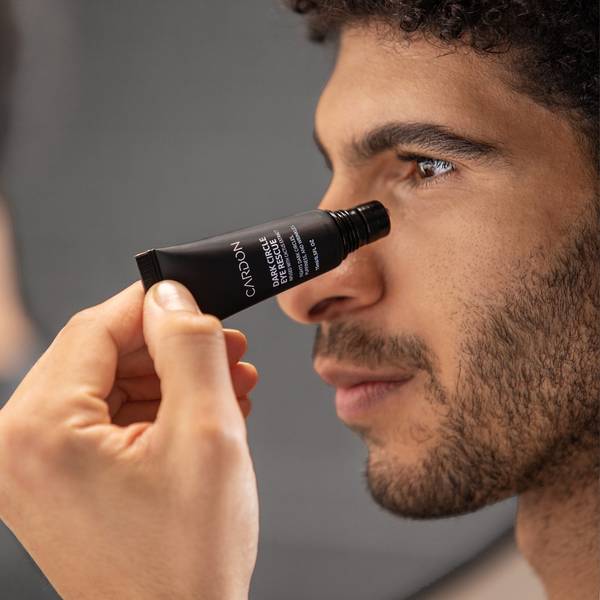
seller
Dark Circle Eye Rescue
good for:
The Dark Circle Eye Rescue cream hydrates and brightens the skin around the eyes to reduce the appearance of dark circles and wrinkles.
The stainless steel rollerball makes it easy to apply, while also working to de-puff eyes. Acclaimed best eye cream for dark circles by Gear Patrol!
Dark Circle Eye Rescue
good for:
The Dark Circle Eye Rescue cream hydrates and brightens the skin around the eyes to reduce the appearance of dark circles and wrinkles.
The stainless steel rollerball makes it easy to apply, while also working to de-puff eyes. Acclaimed best eye cream for dark circles by Gear Patrol!
Cardon Products Are
Easy to Use
We never create two products when we can achieve the same results with one. Cardon products are designed to be easy to use every day.
Backed By Korean Innovation
Korean R&D is two decades ahead of the rest of the world. Cardon products use the highest quality, most effective ingredients out there.
Non-Toxic
Finally, an ingredient label you can feel good about. Every ingredient in Cardon products is good for your skin, and easy on the mind.






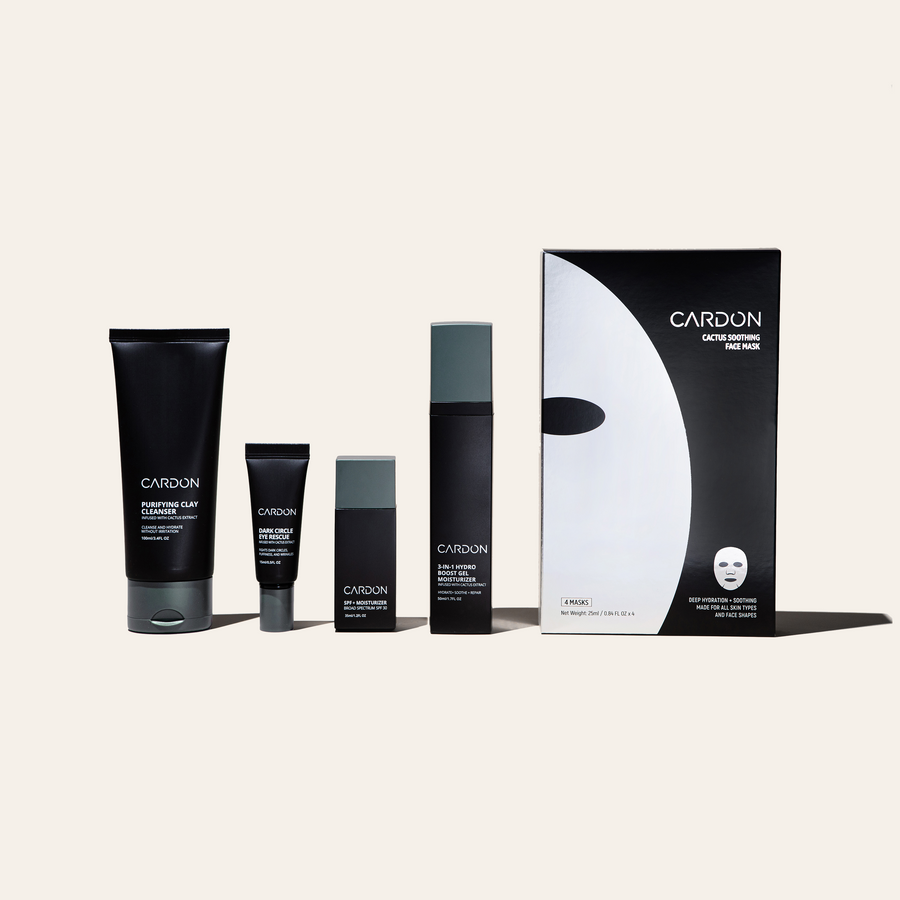
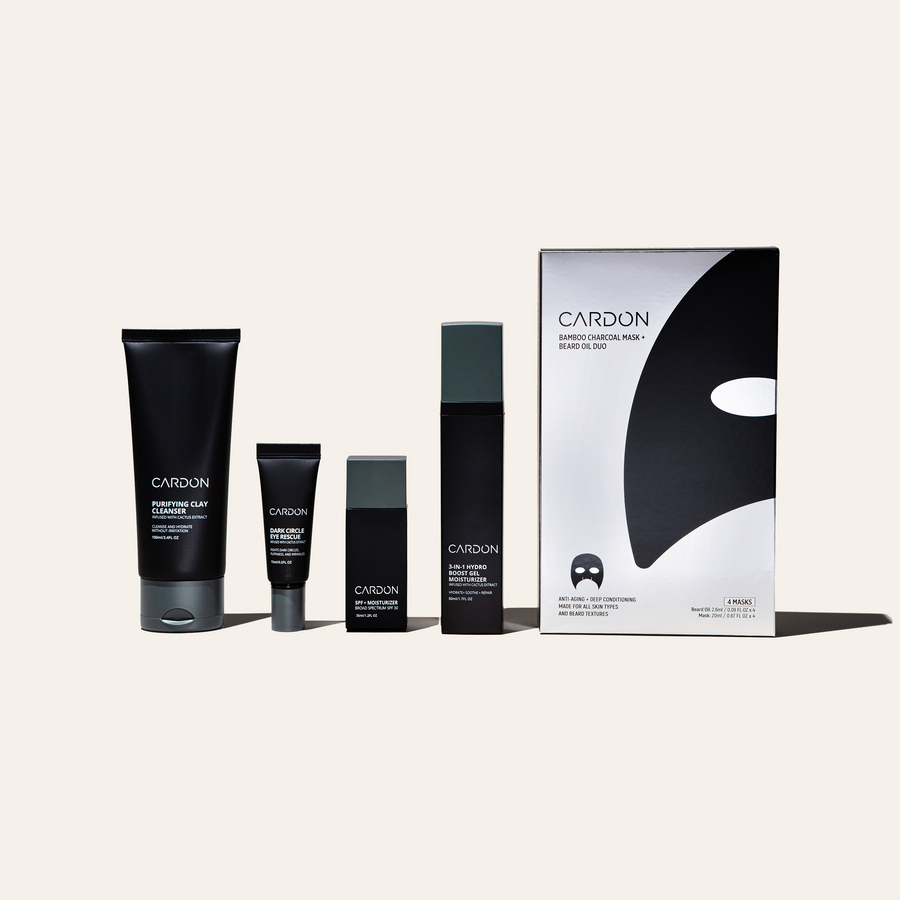
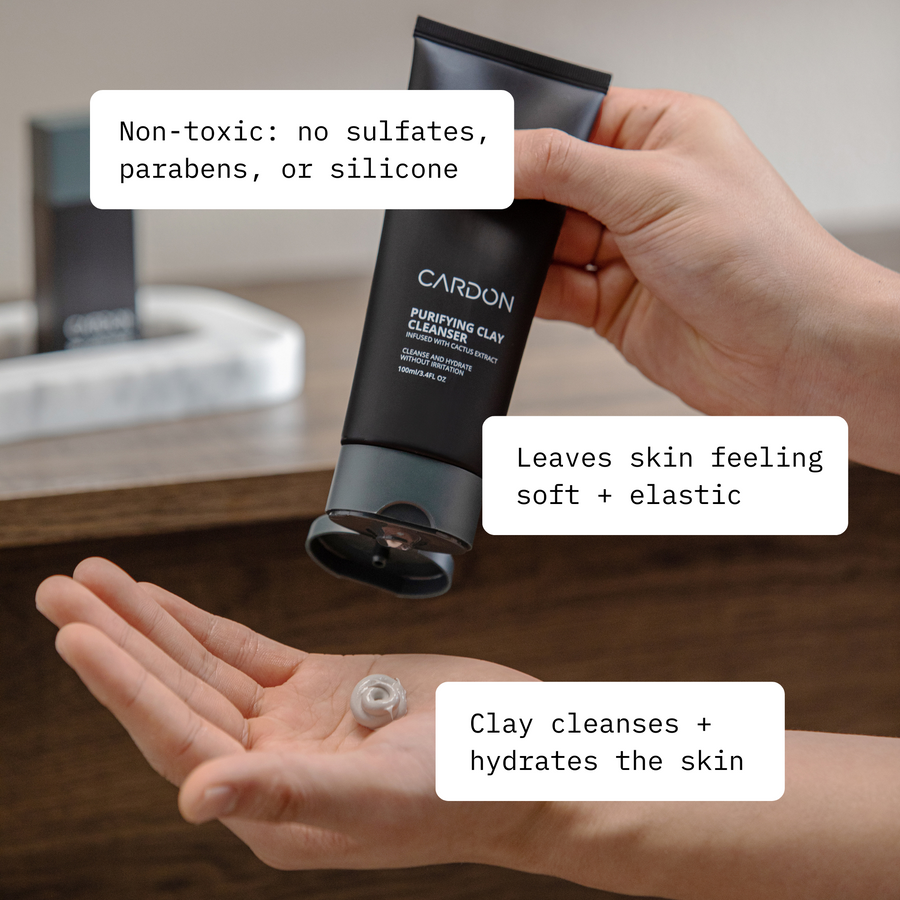
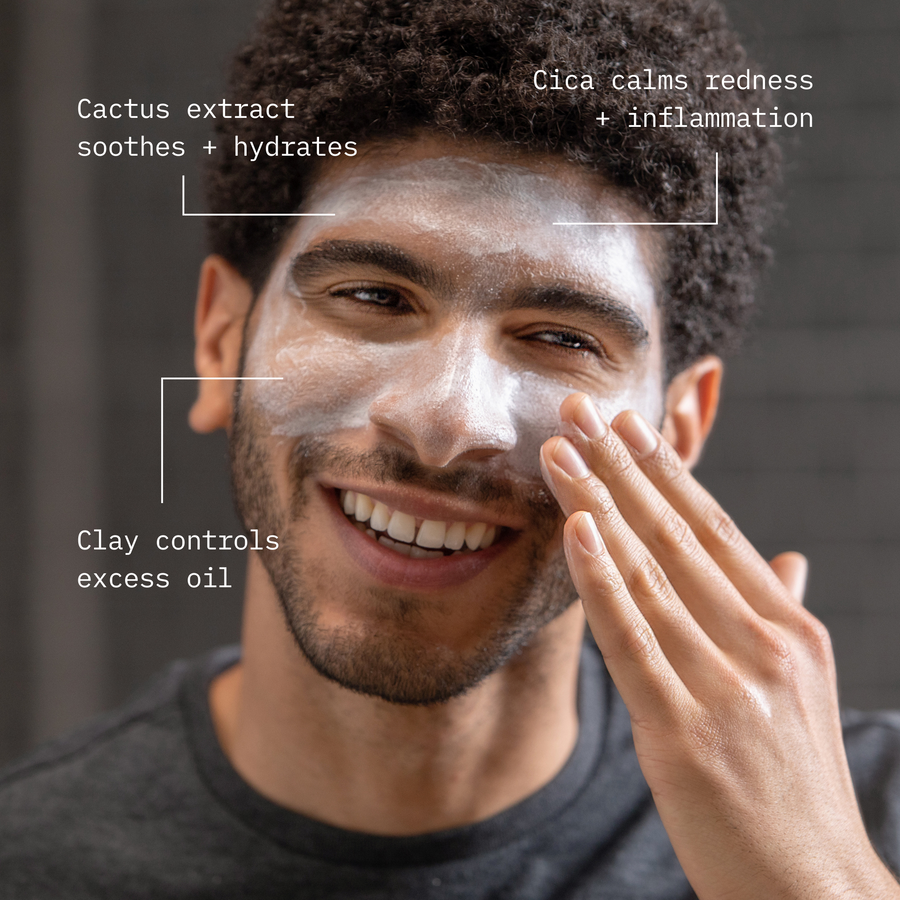
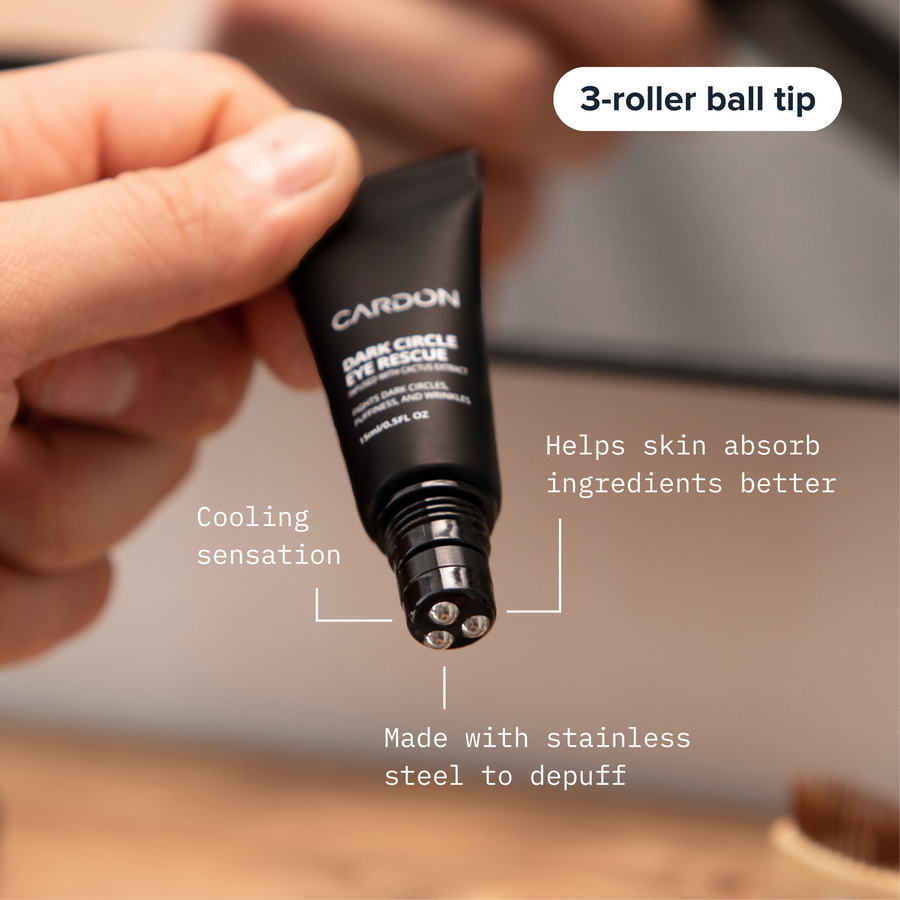
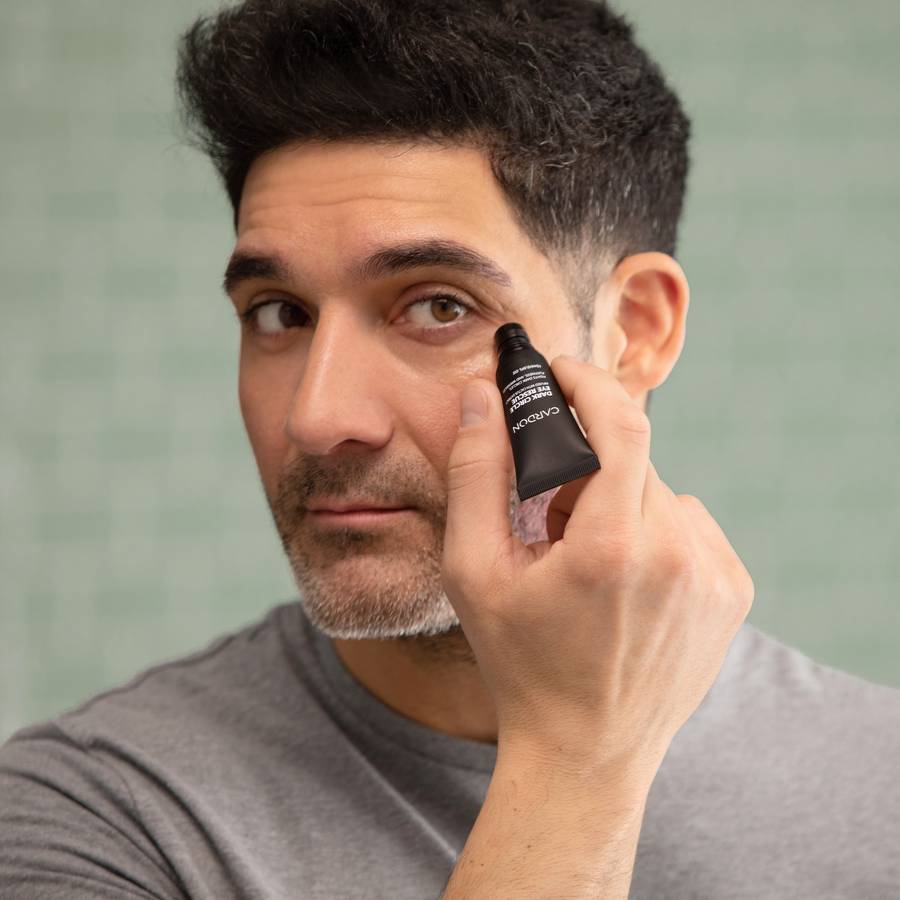
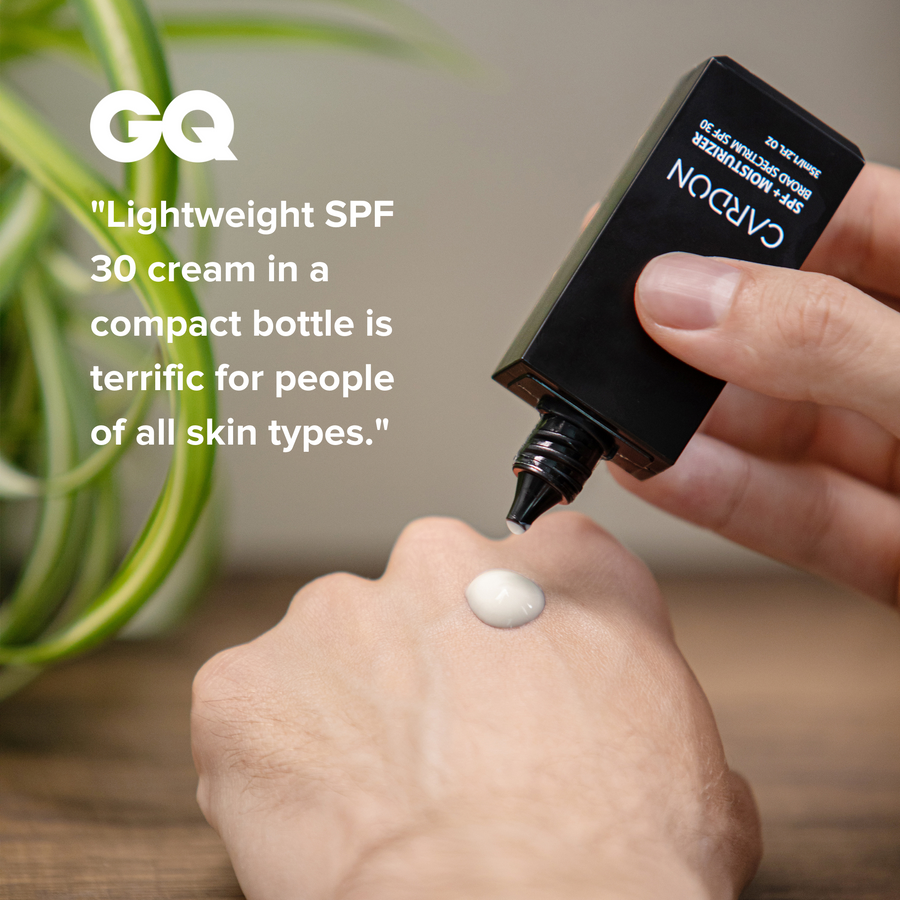
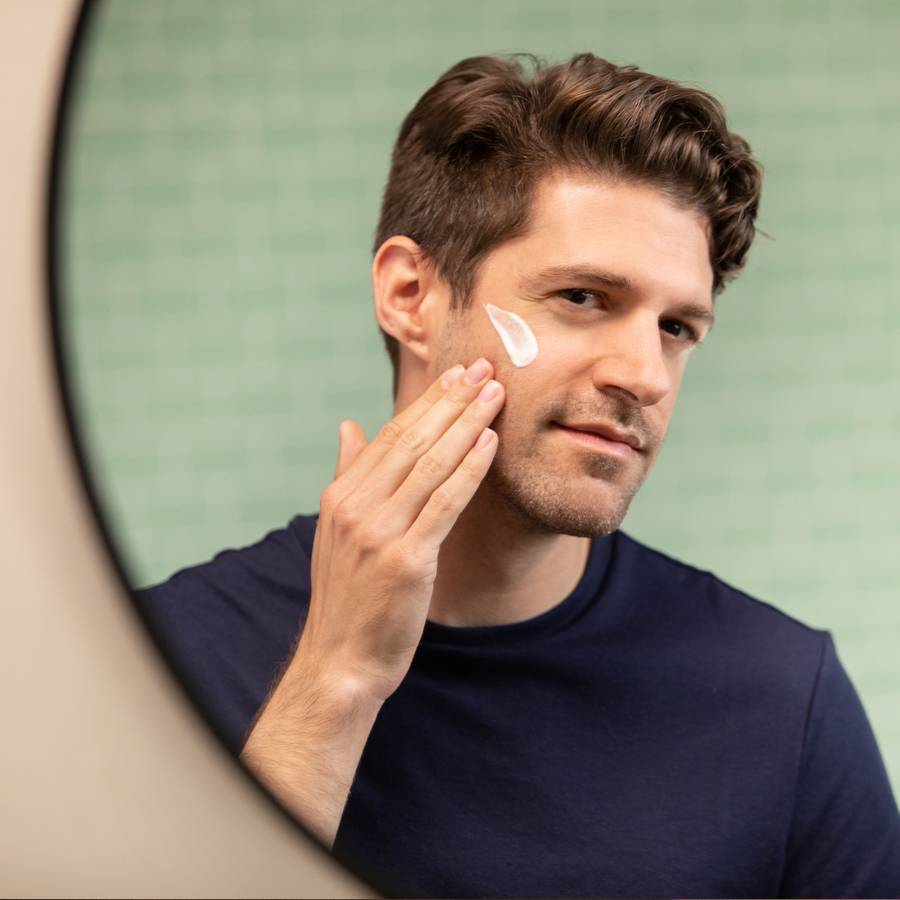
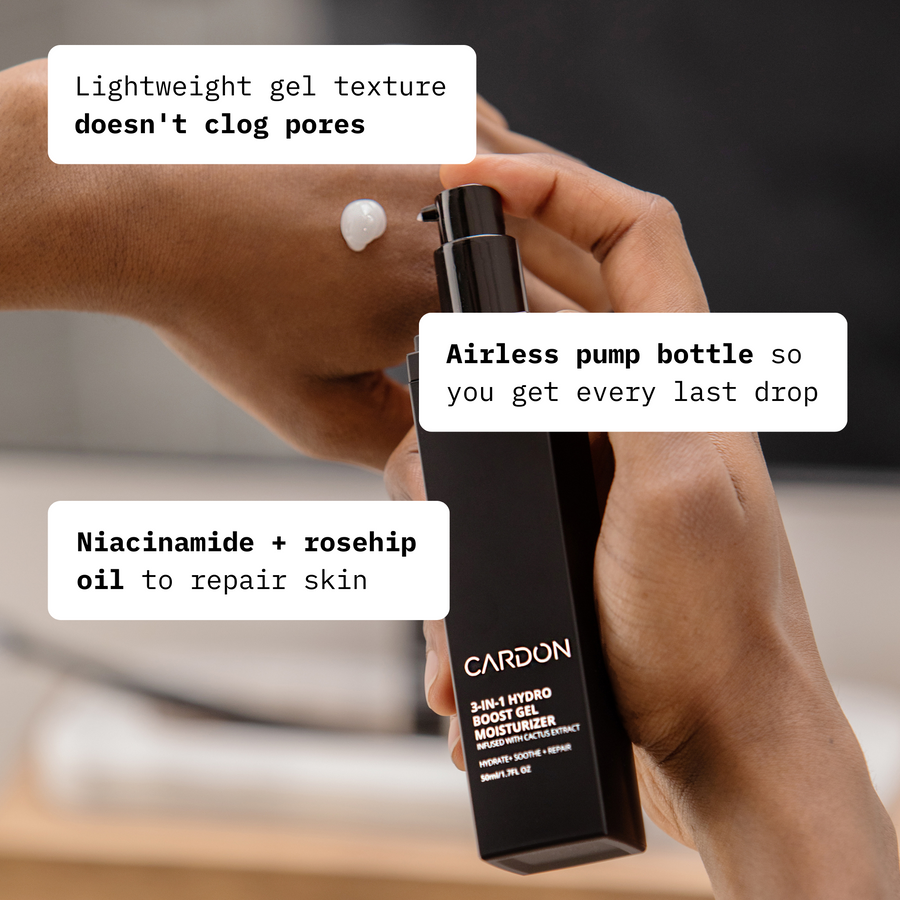

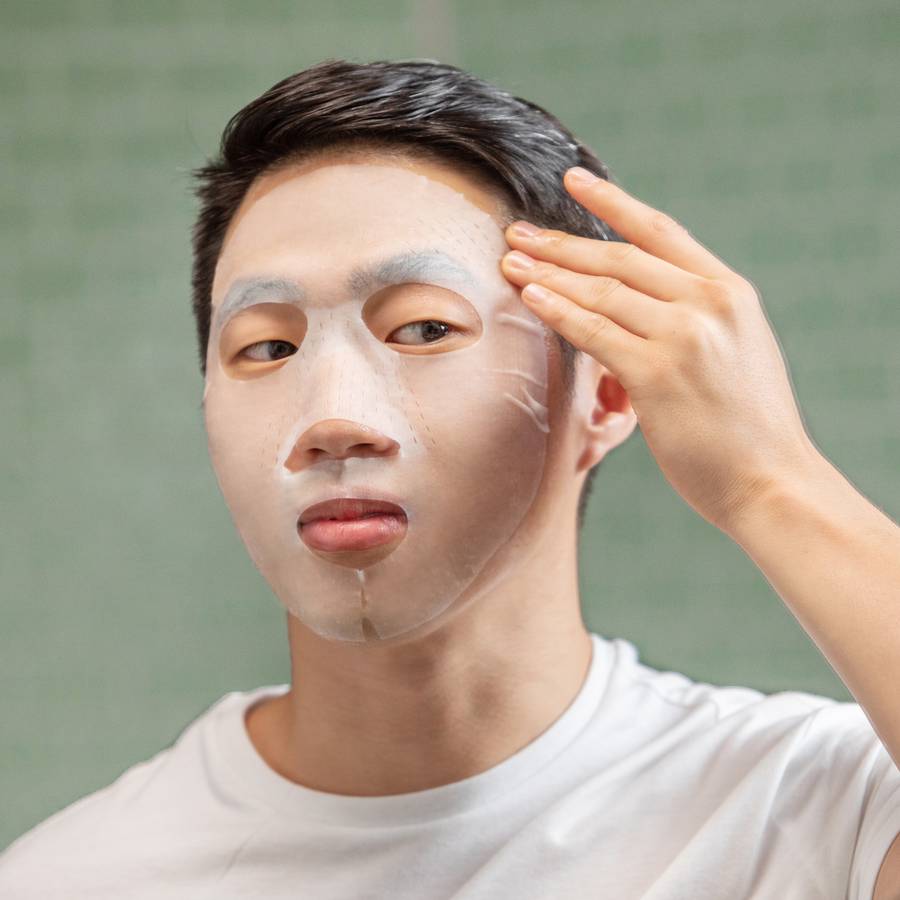
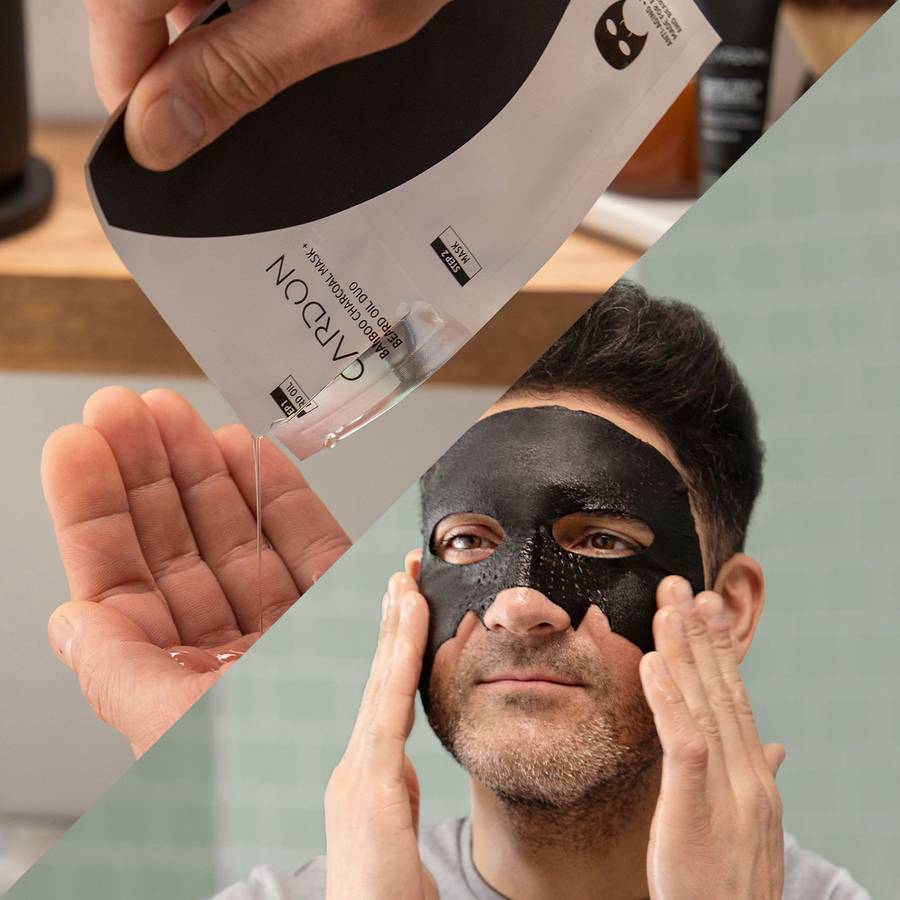
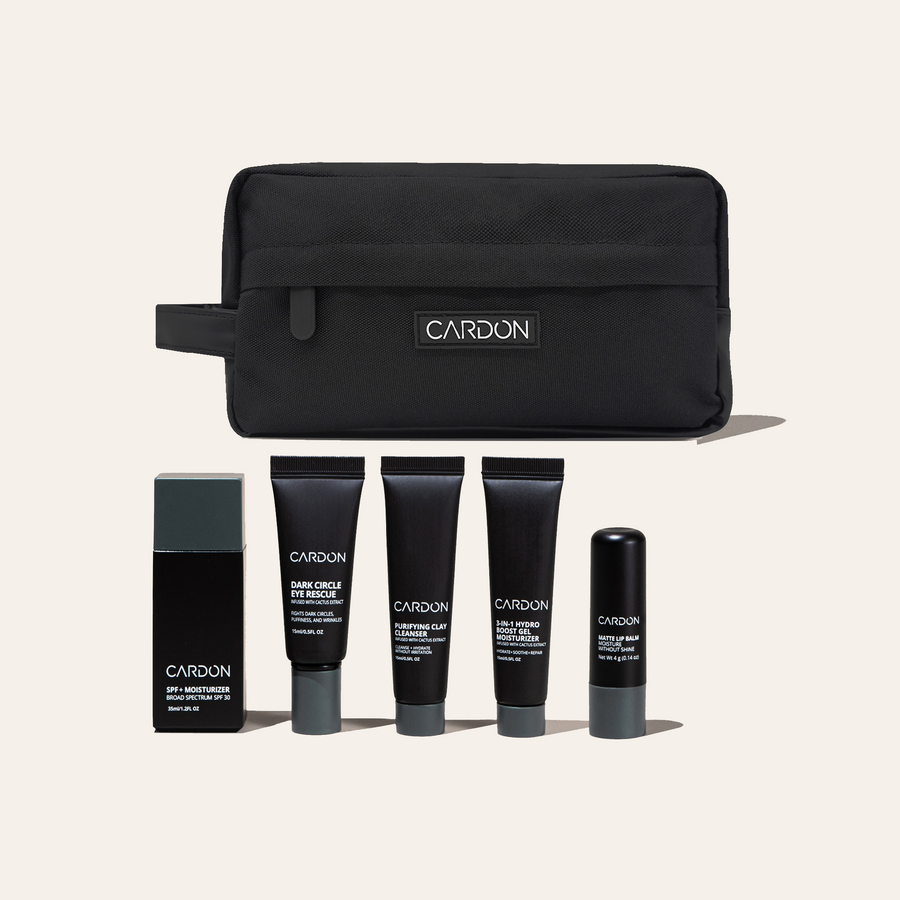
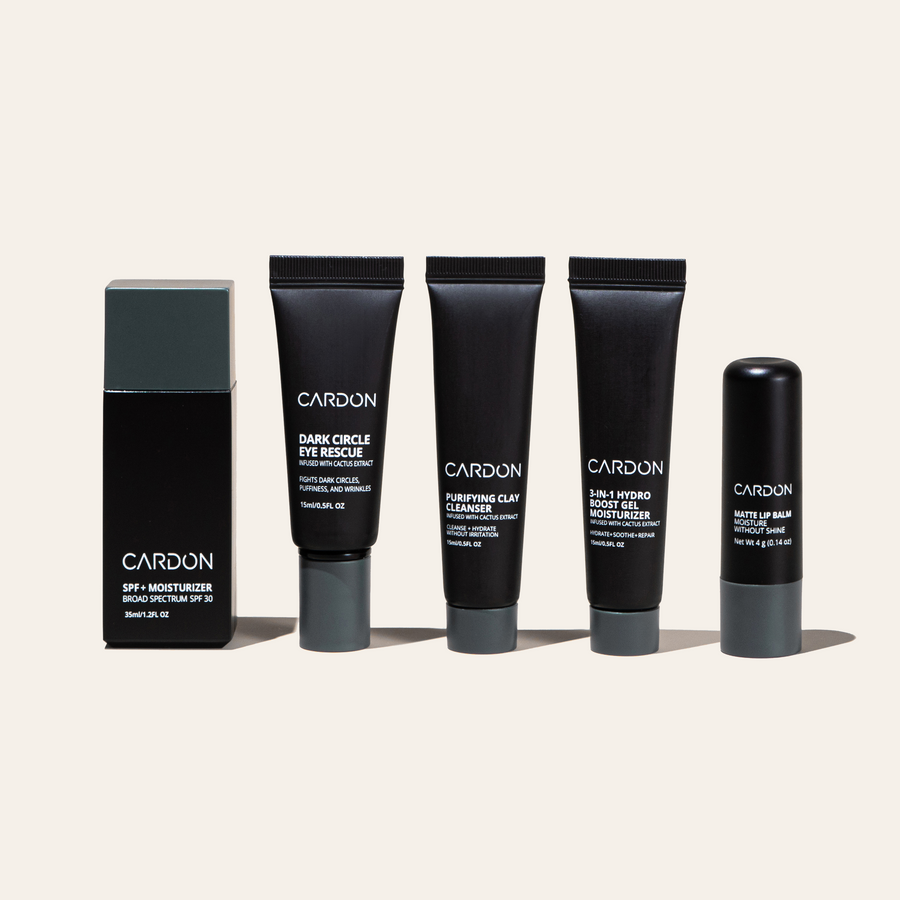
.jpg?v=1660669602636&options=w_900)
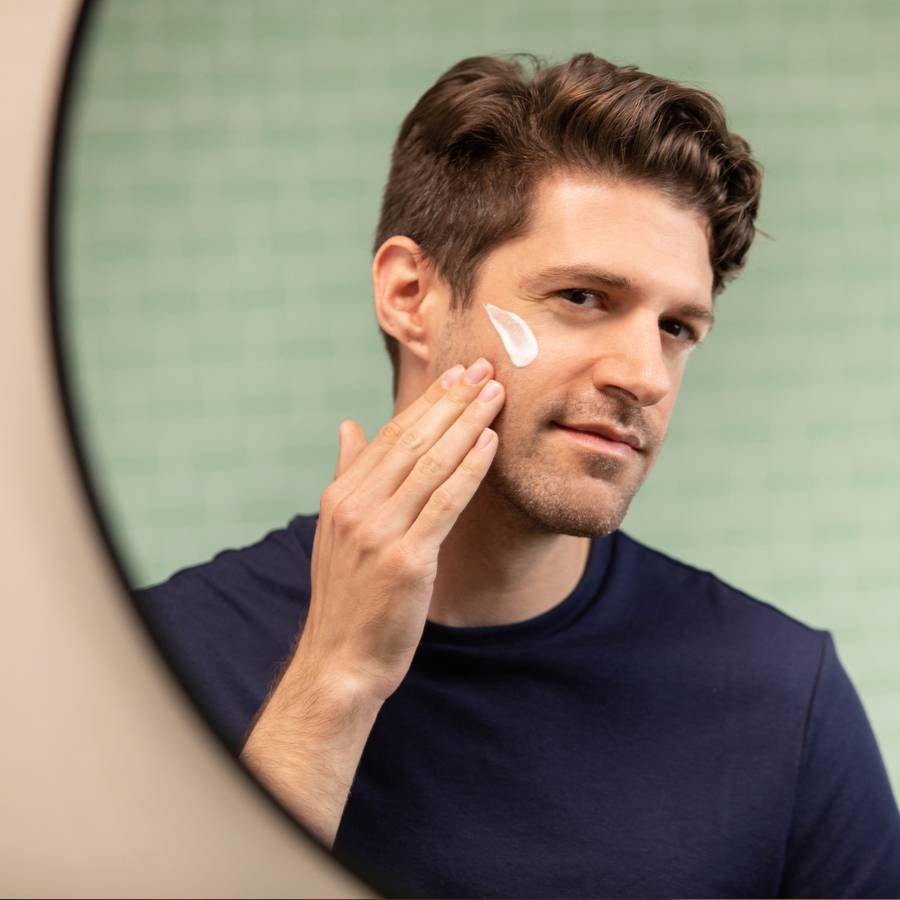
.jpg?v=1660669712802&options=w_900)
.jpg?v=1660669523094&options=w_900)
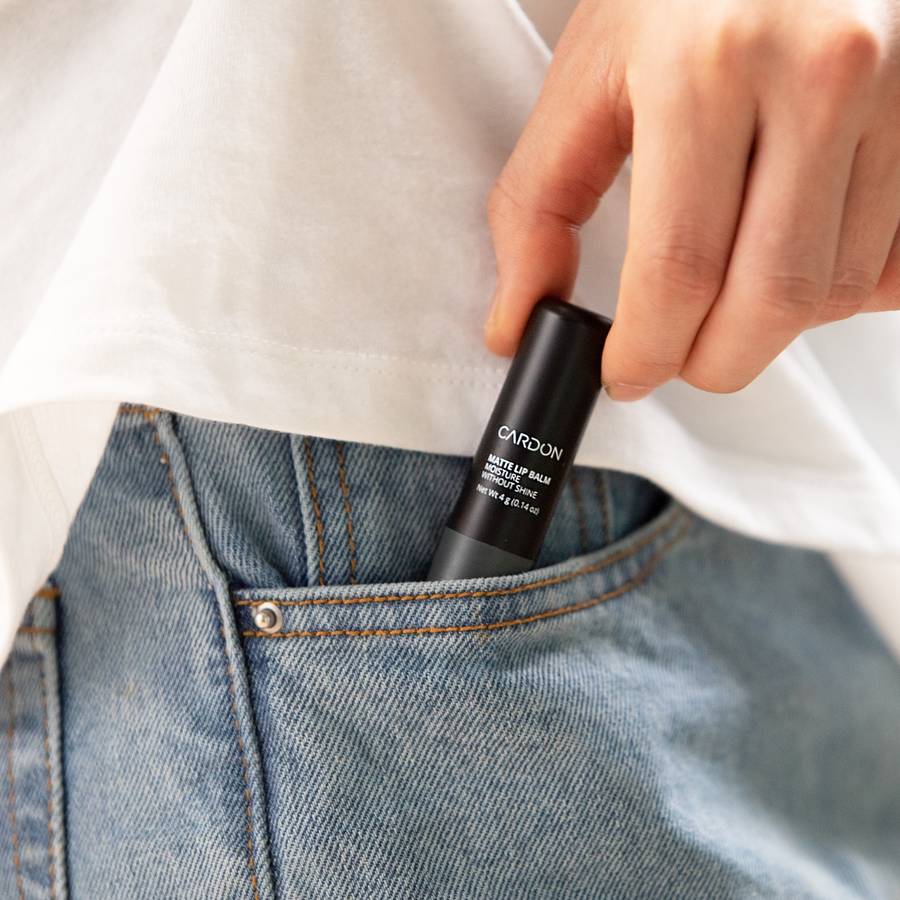
.jpg?v=1660669849450&options=w_900)

